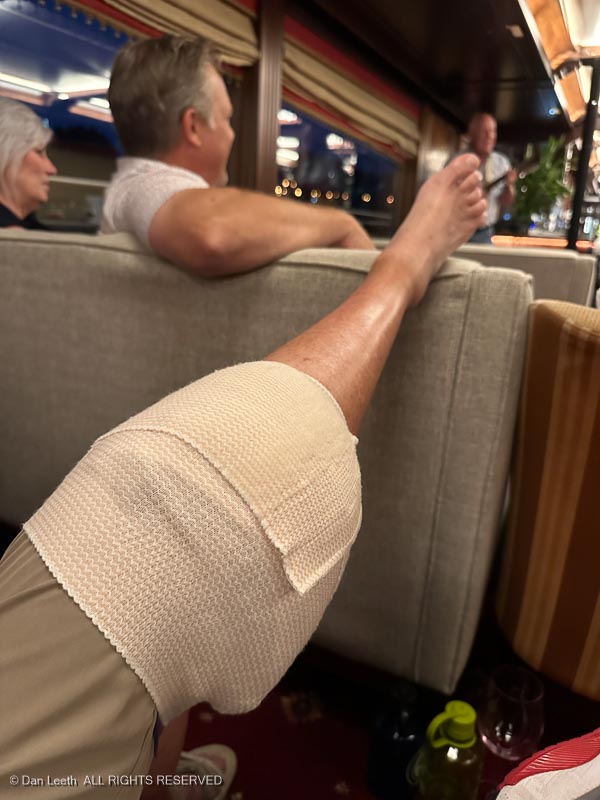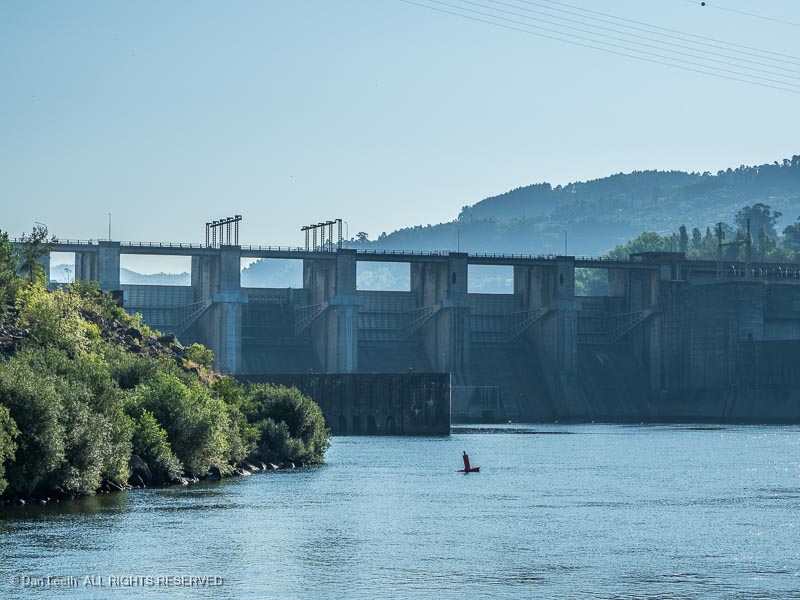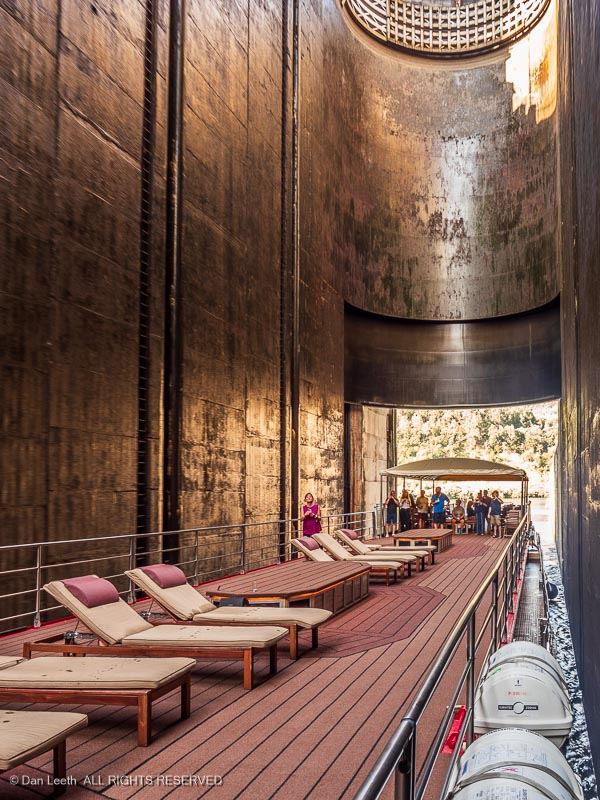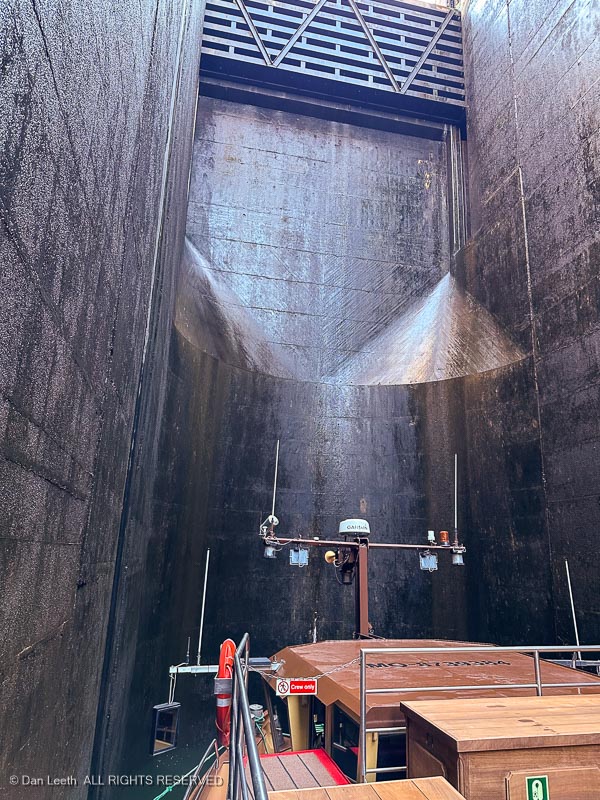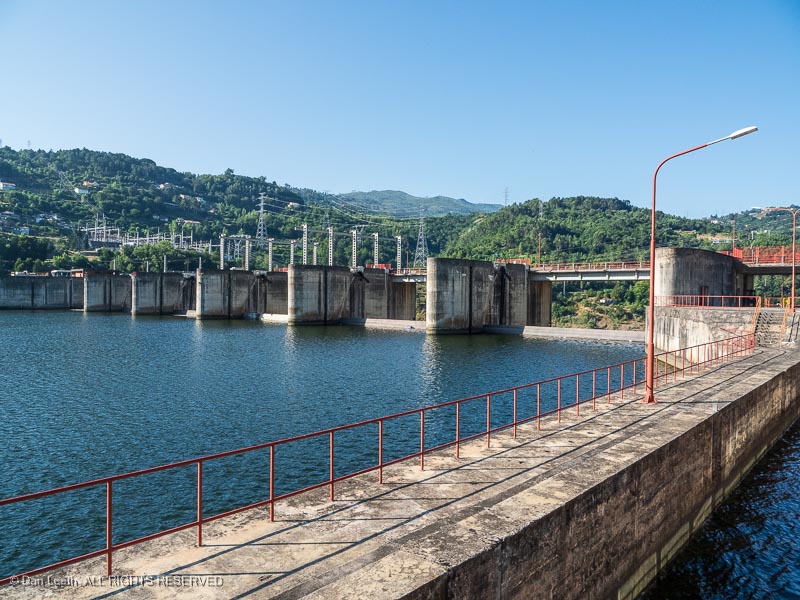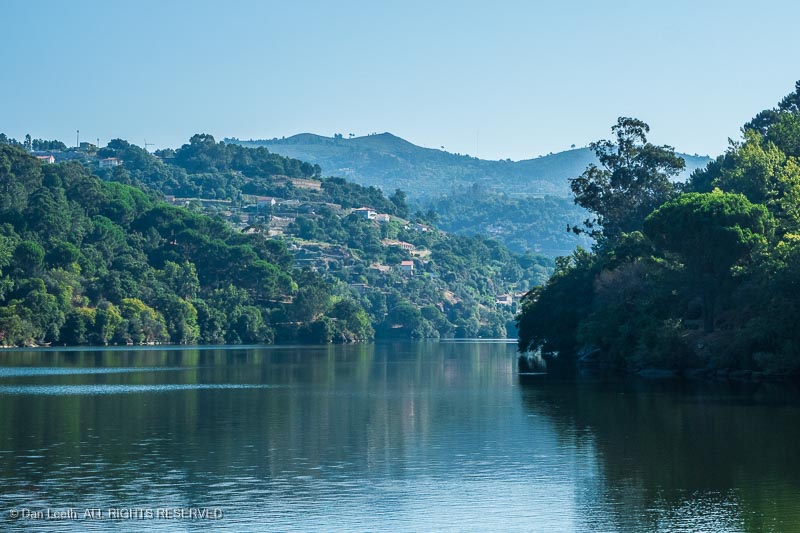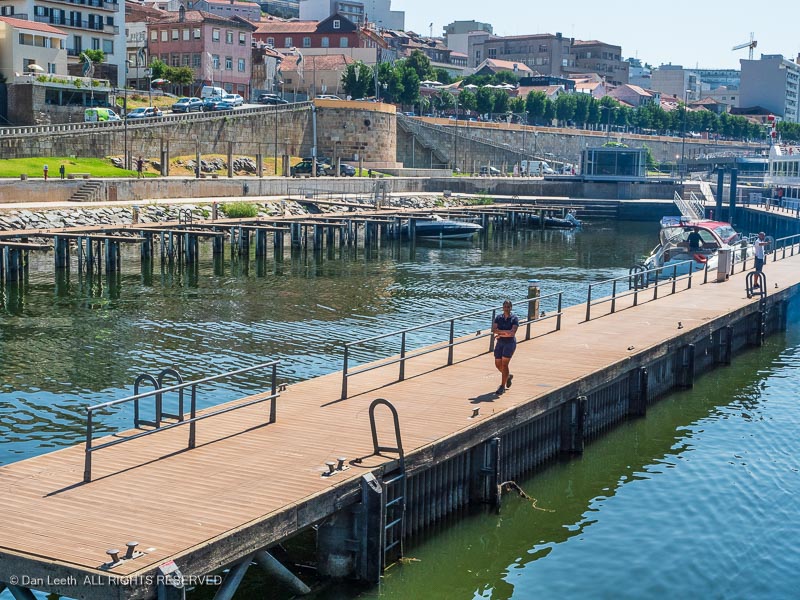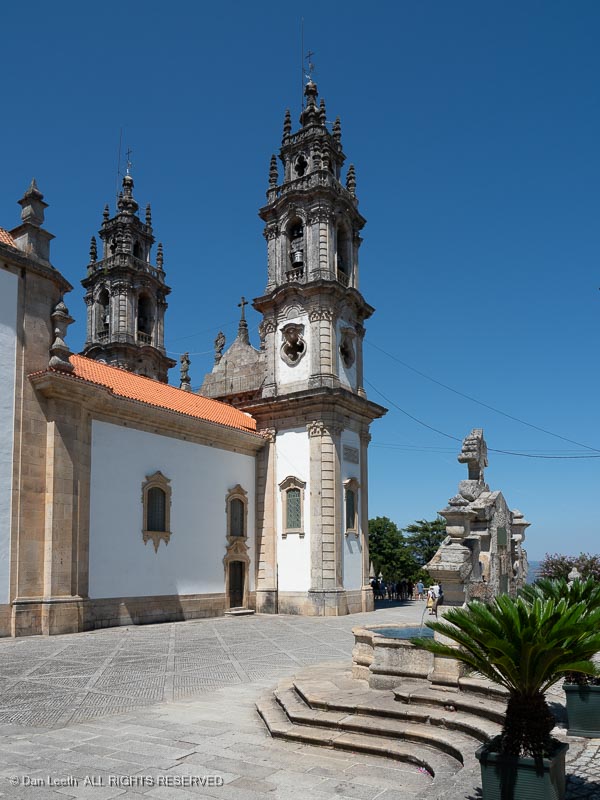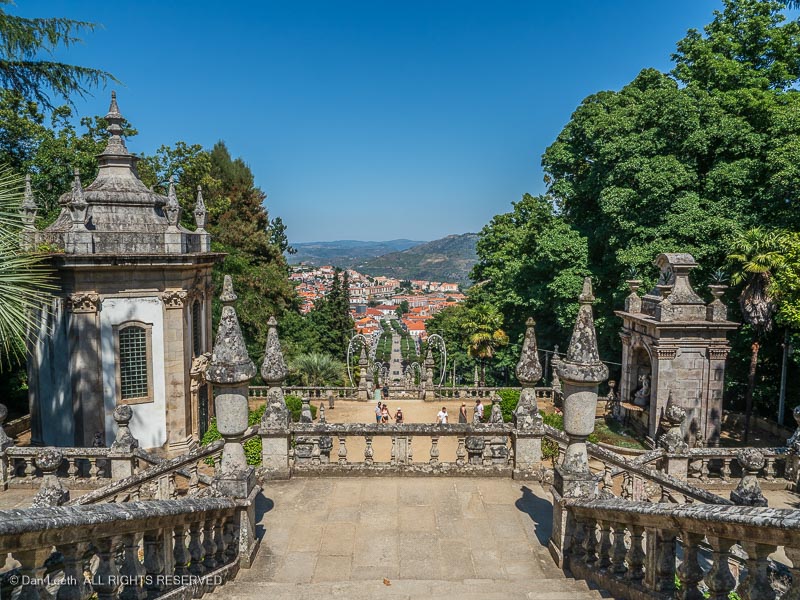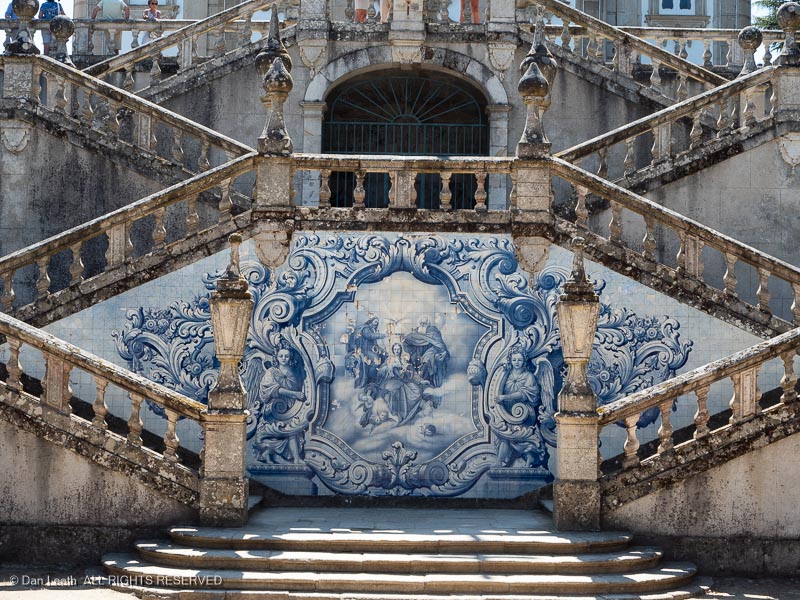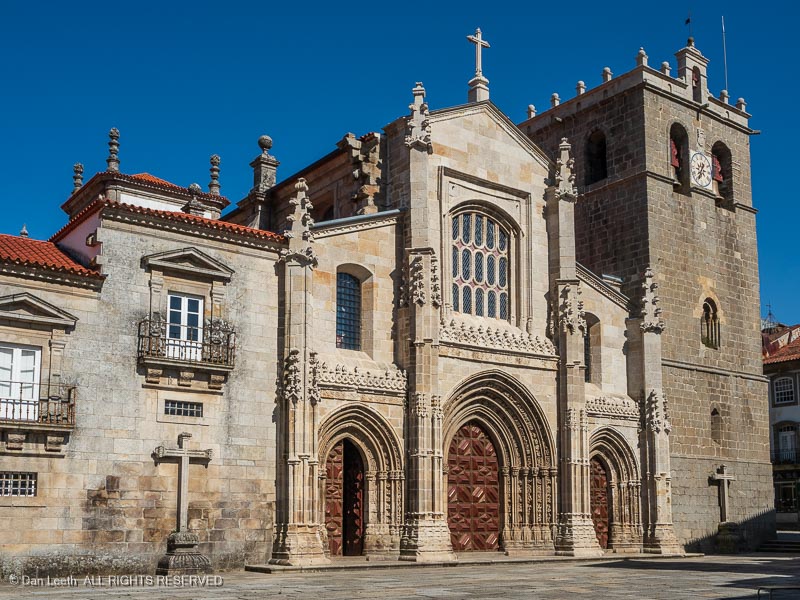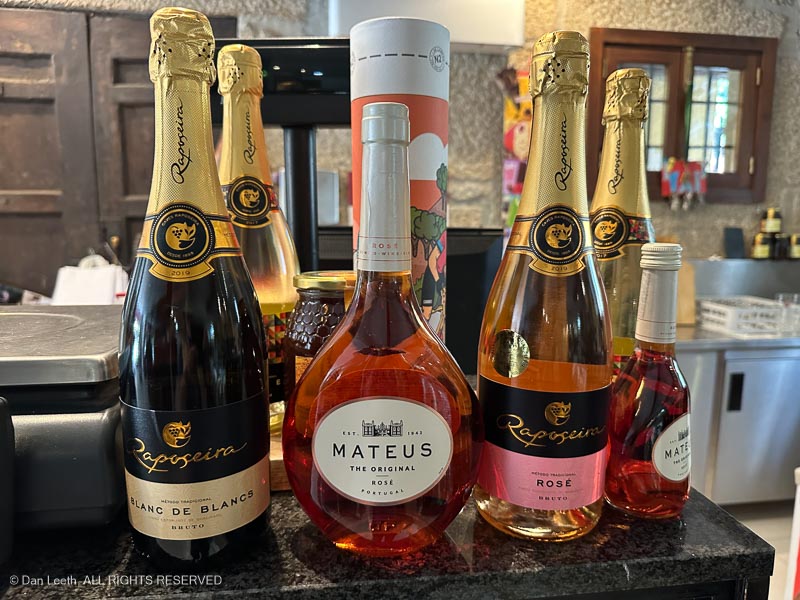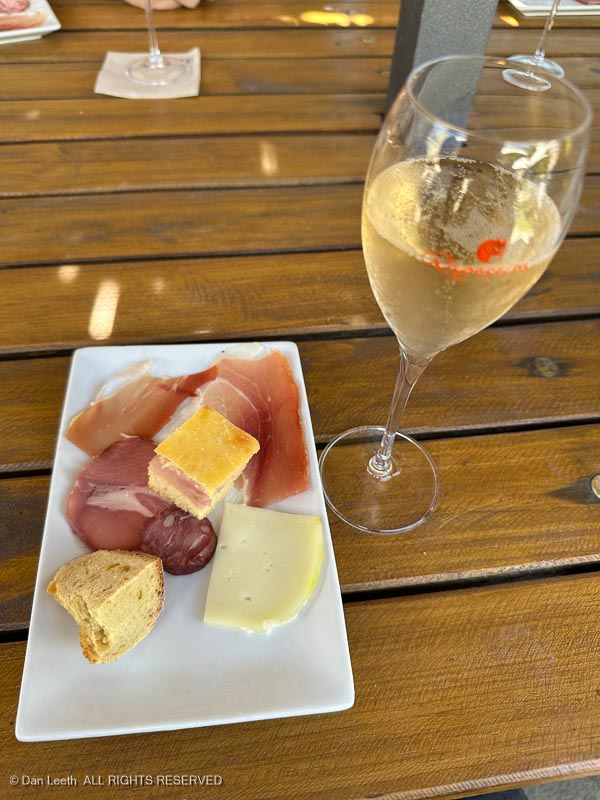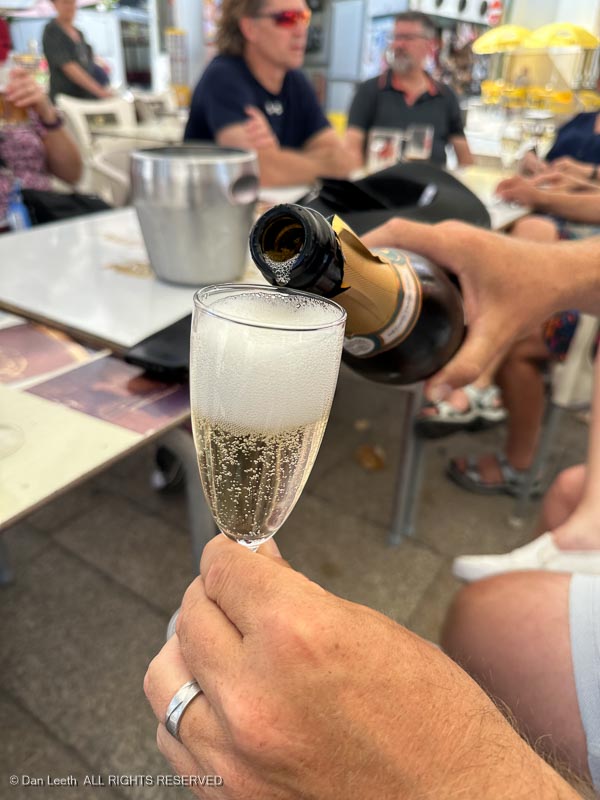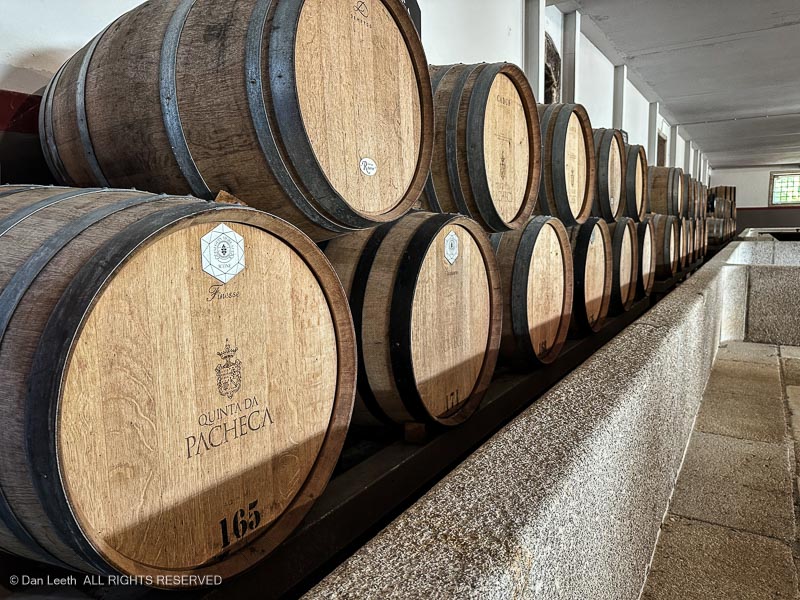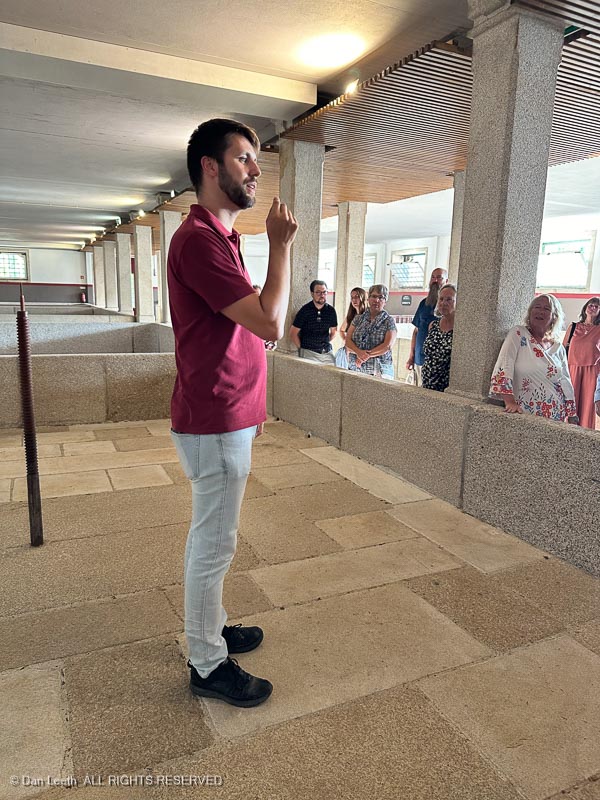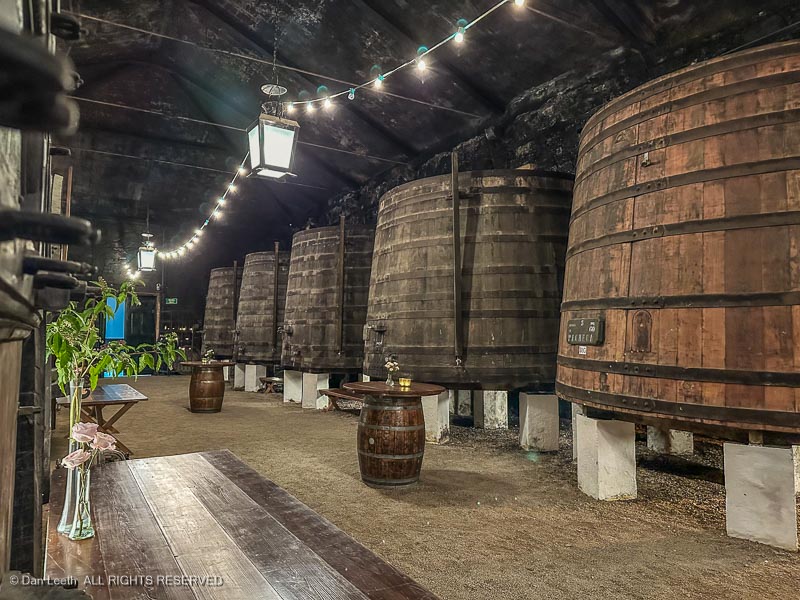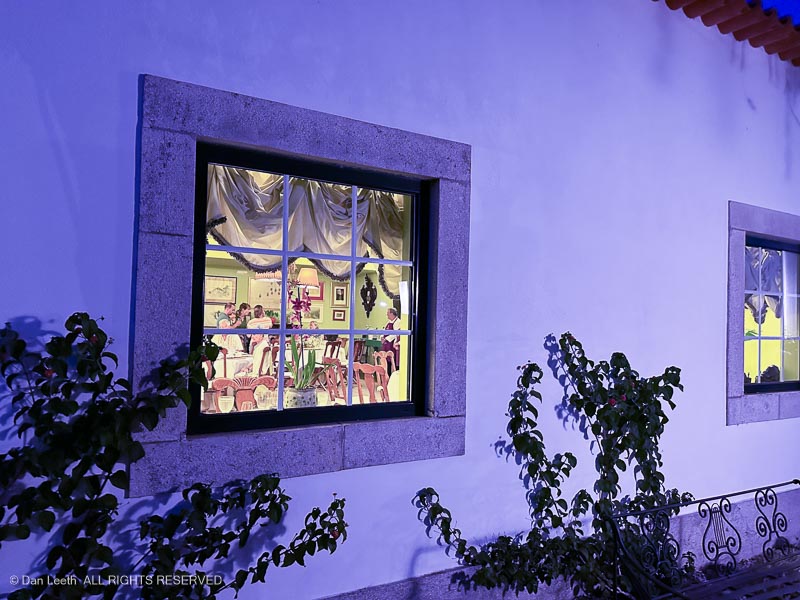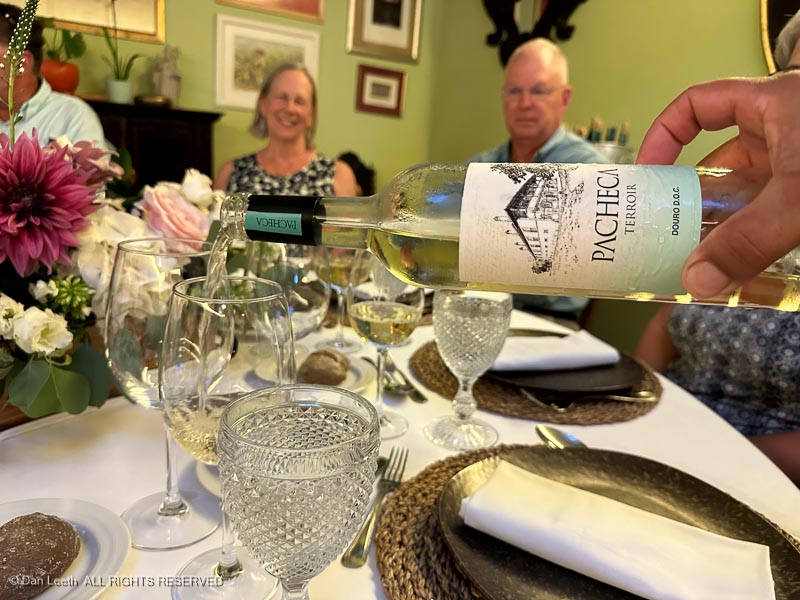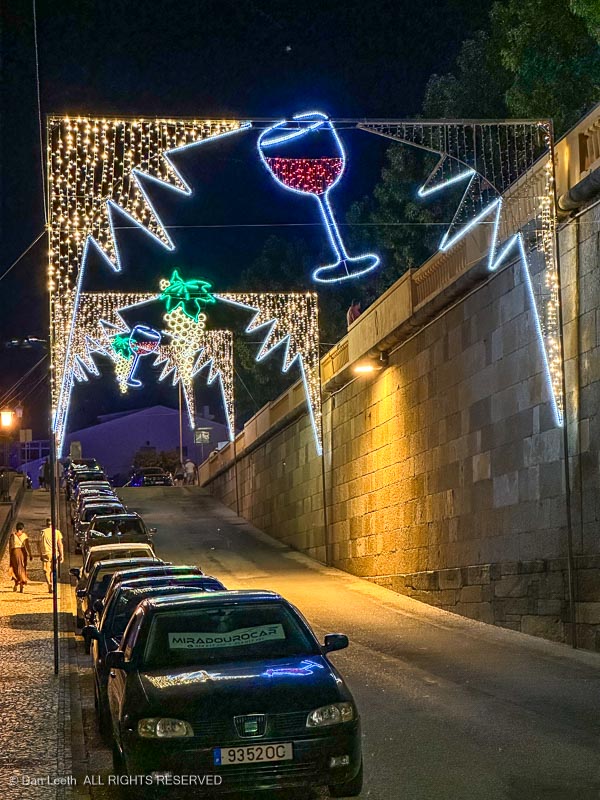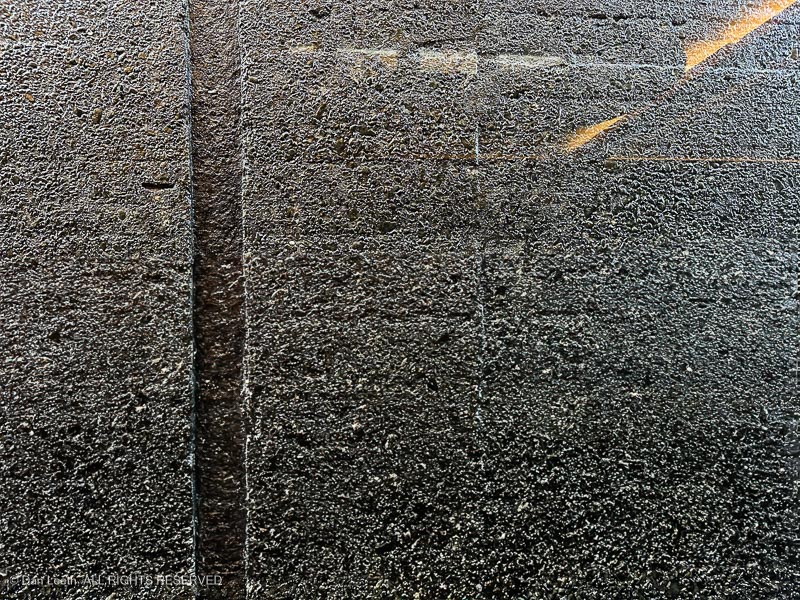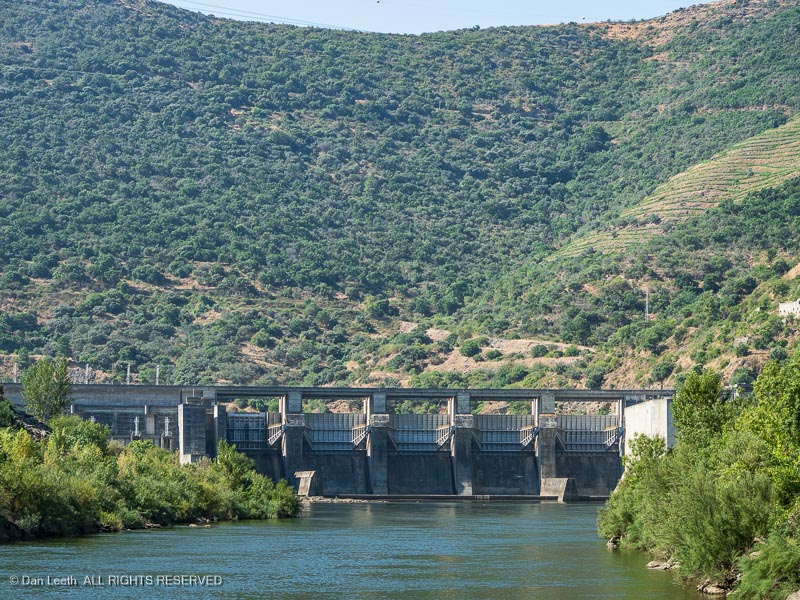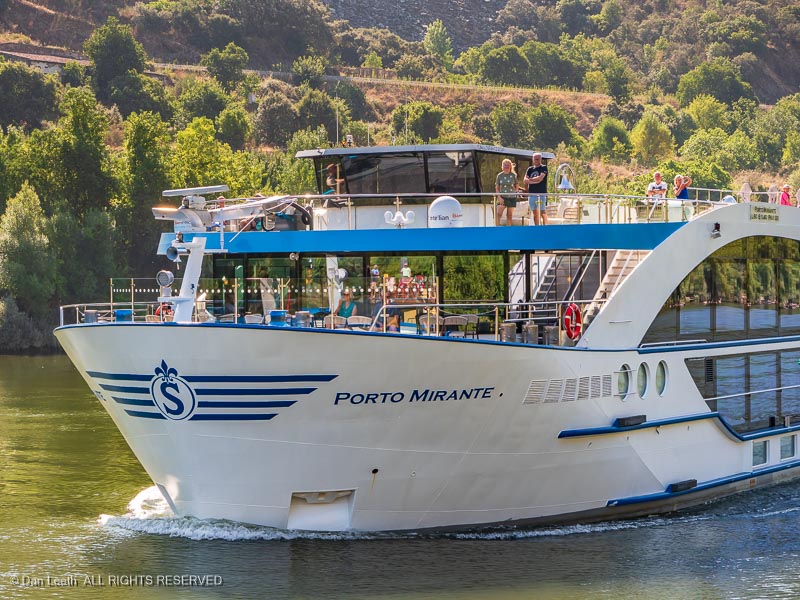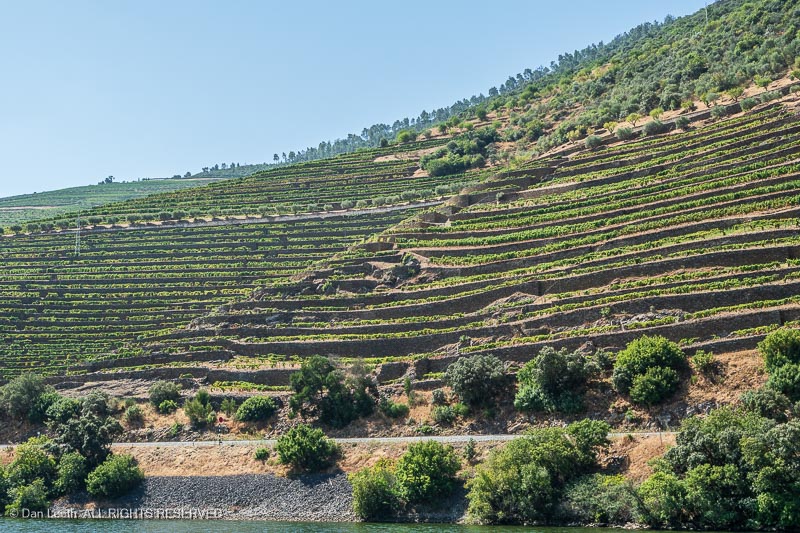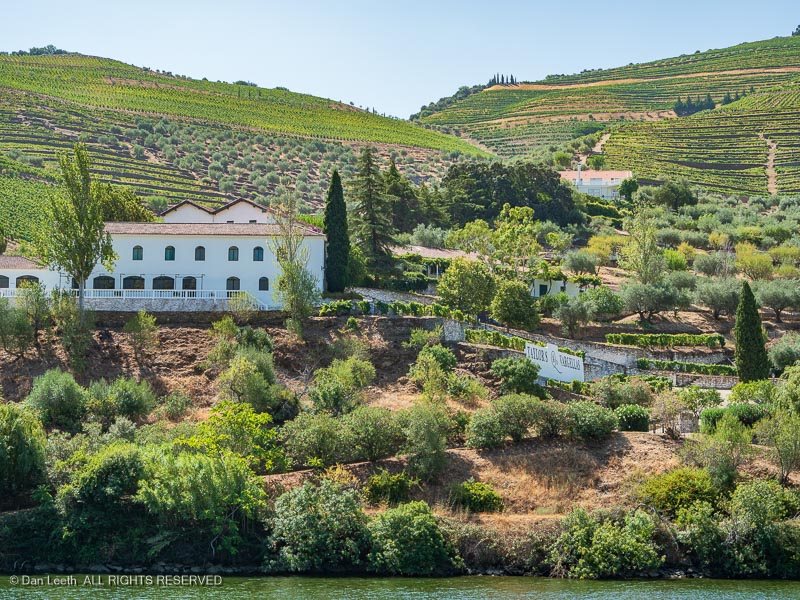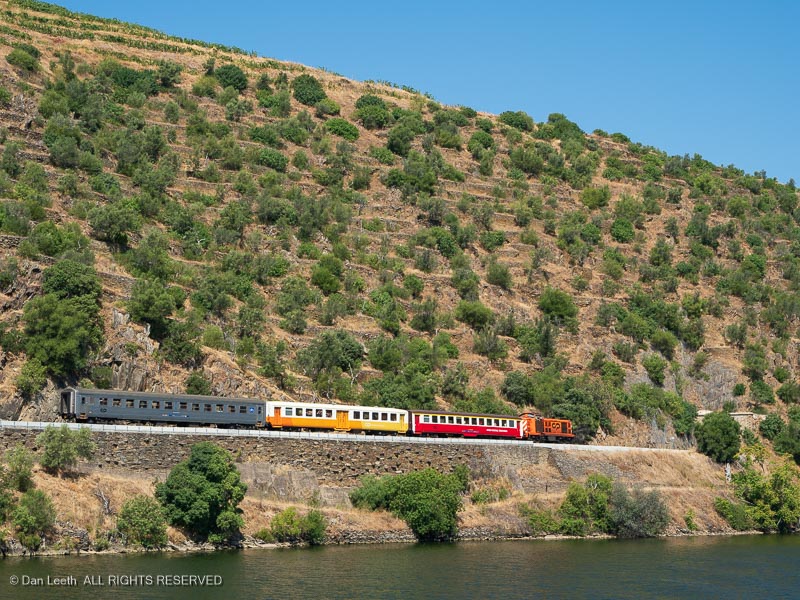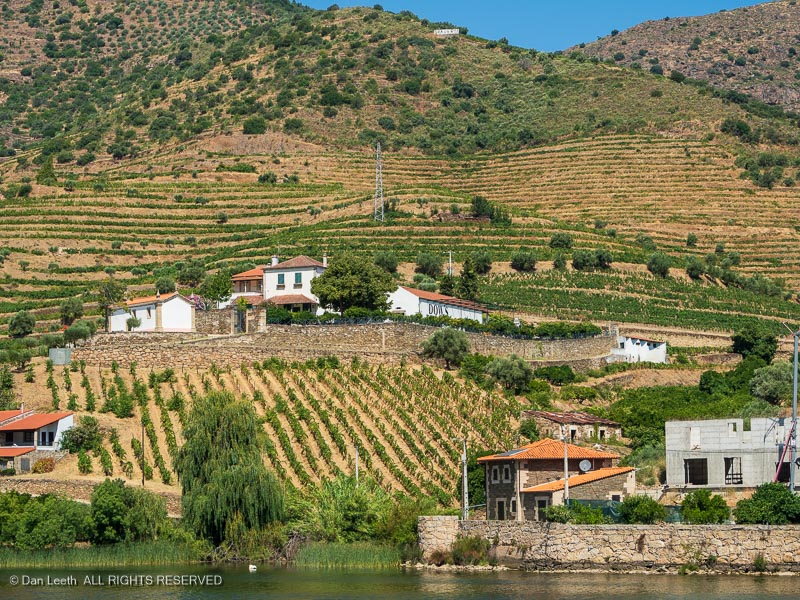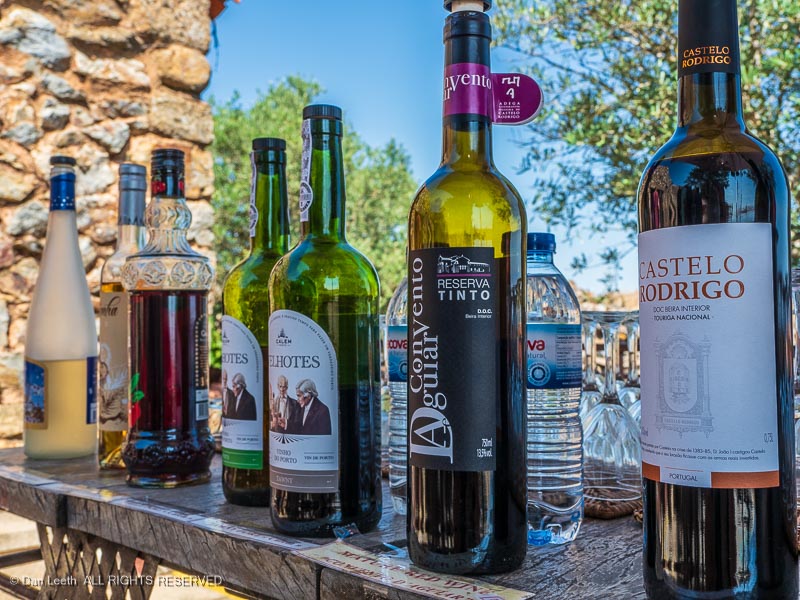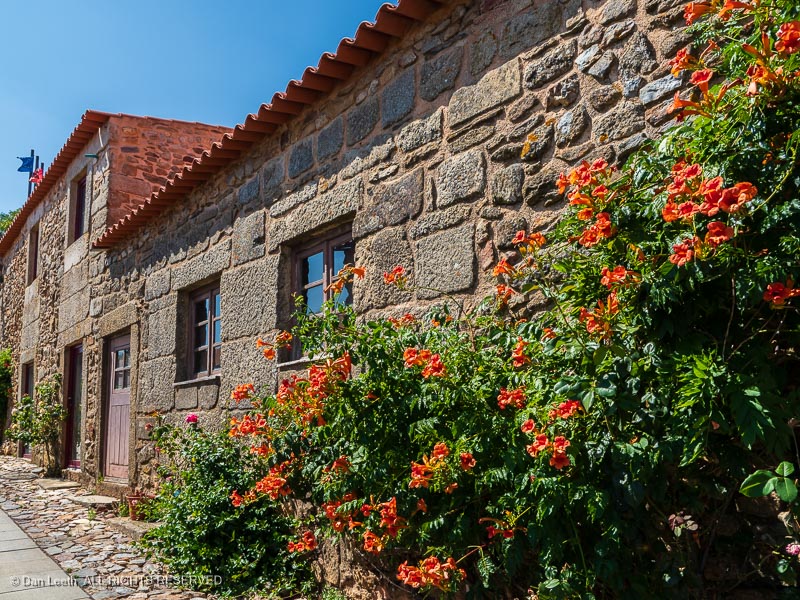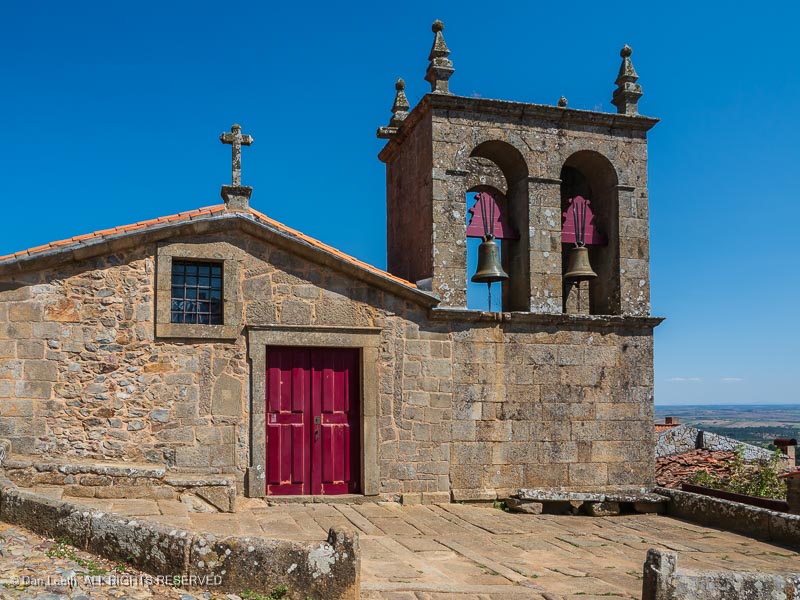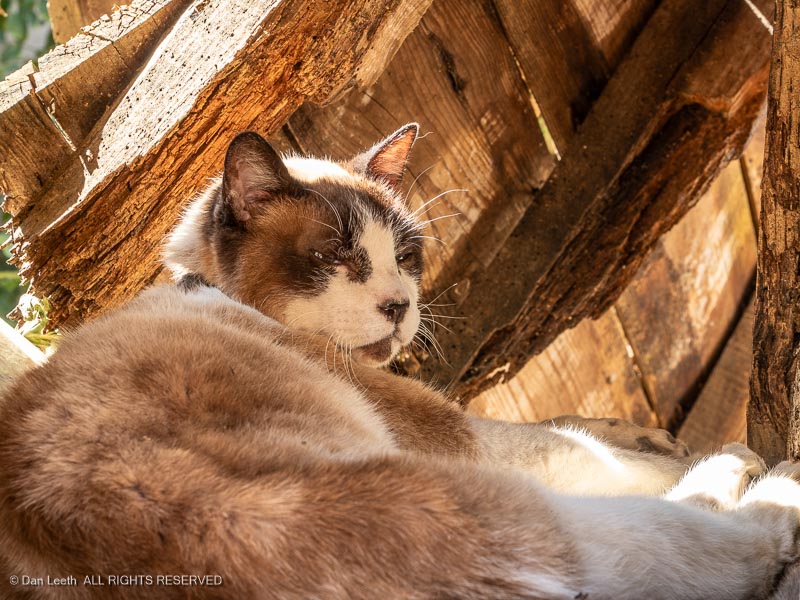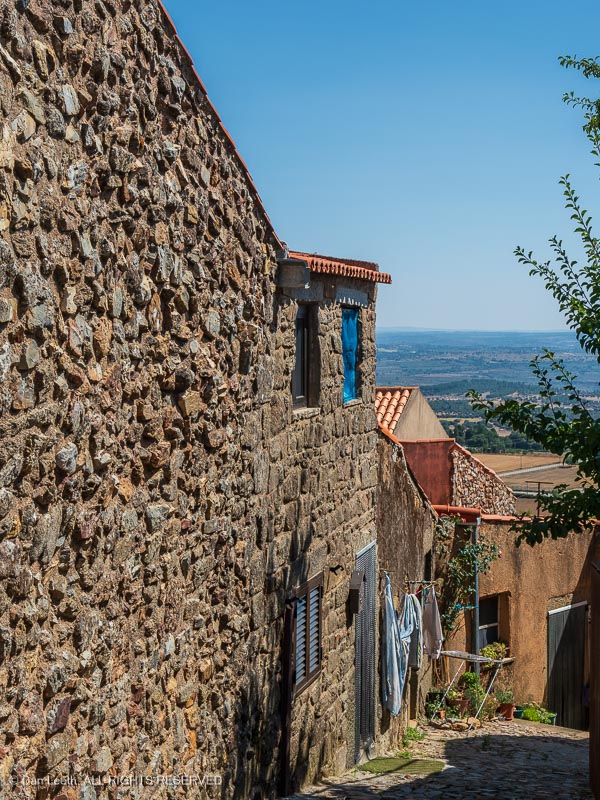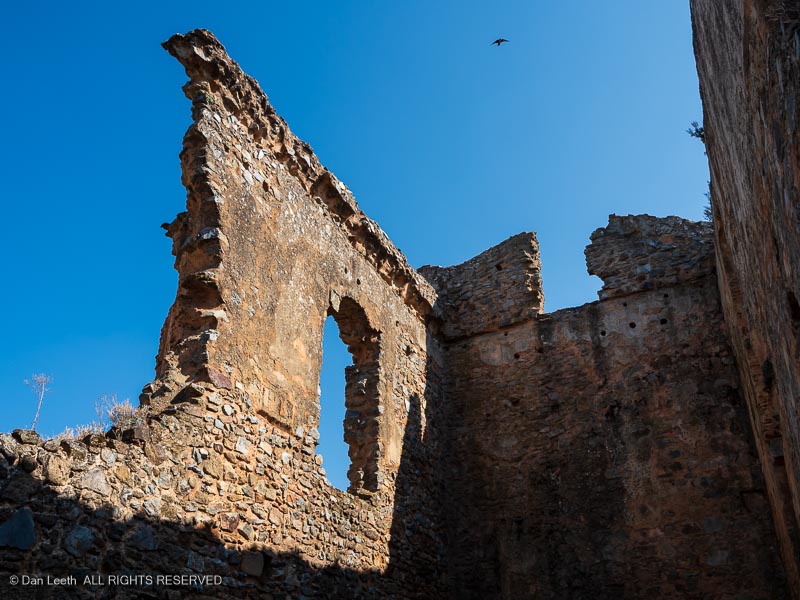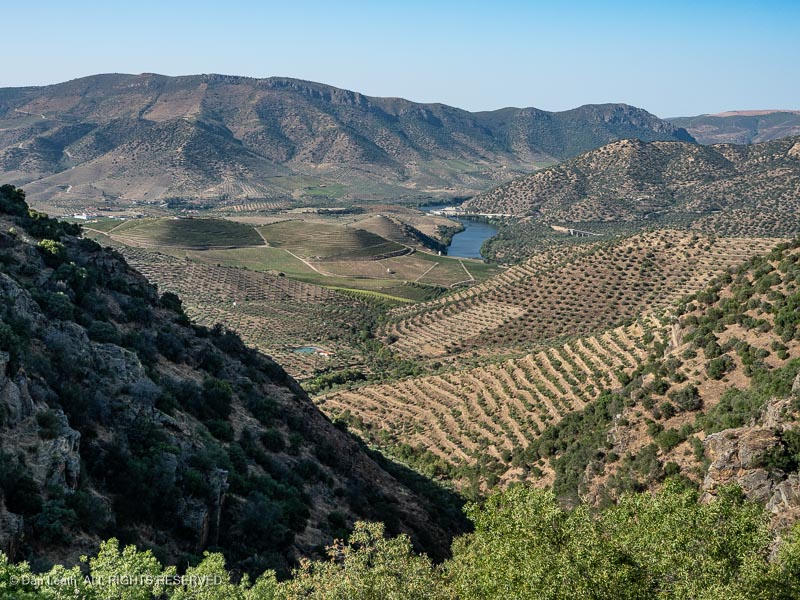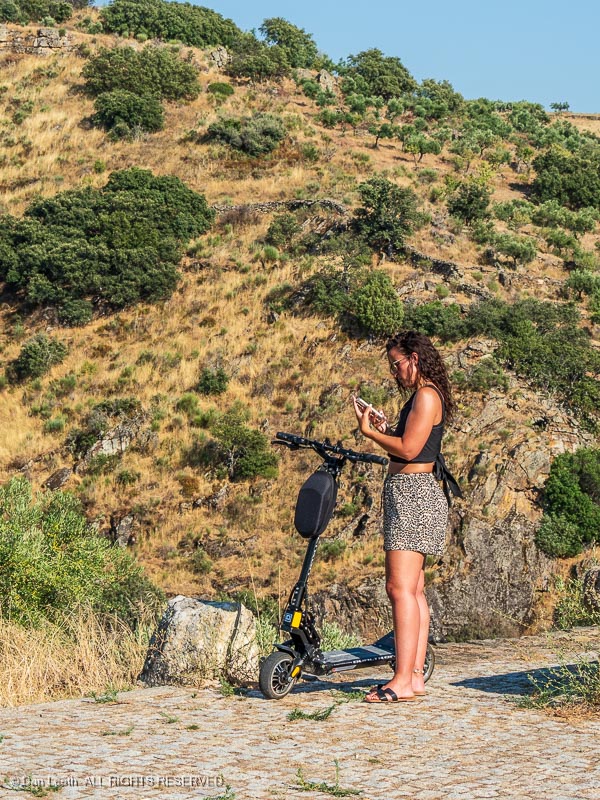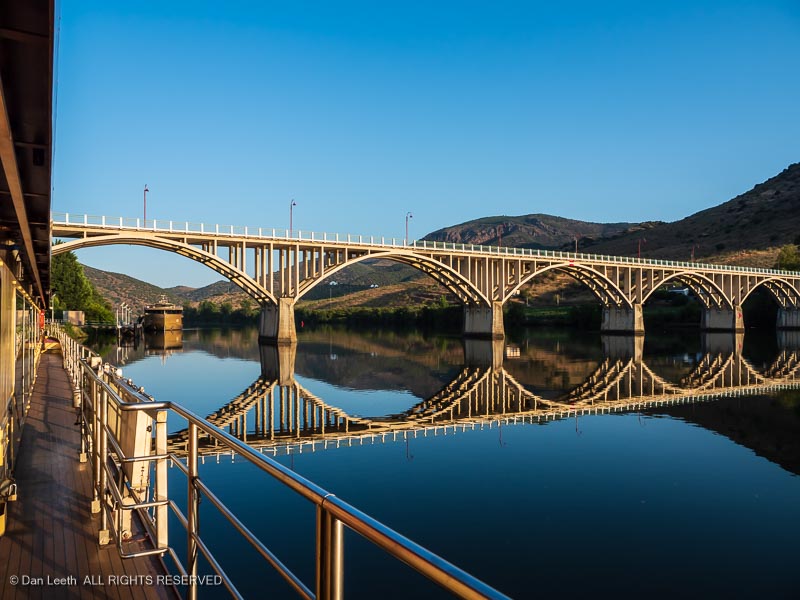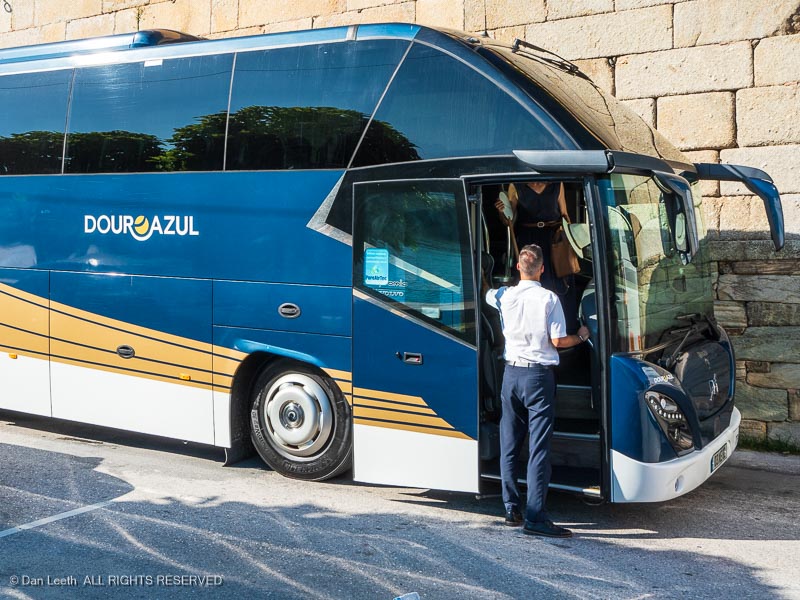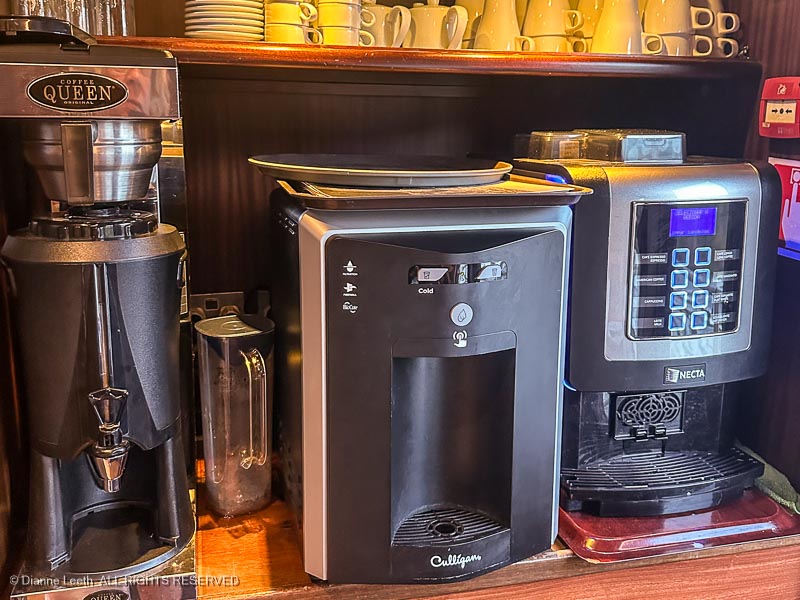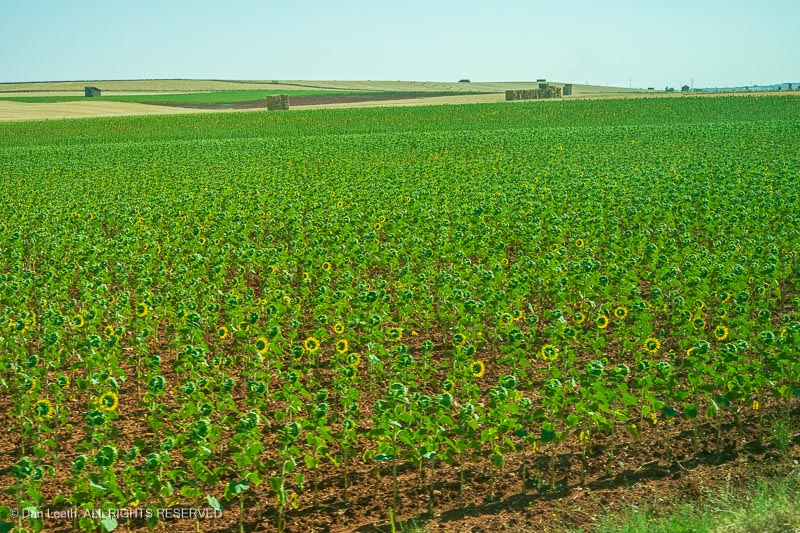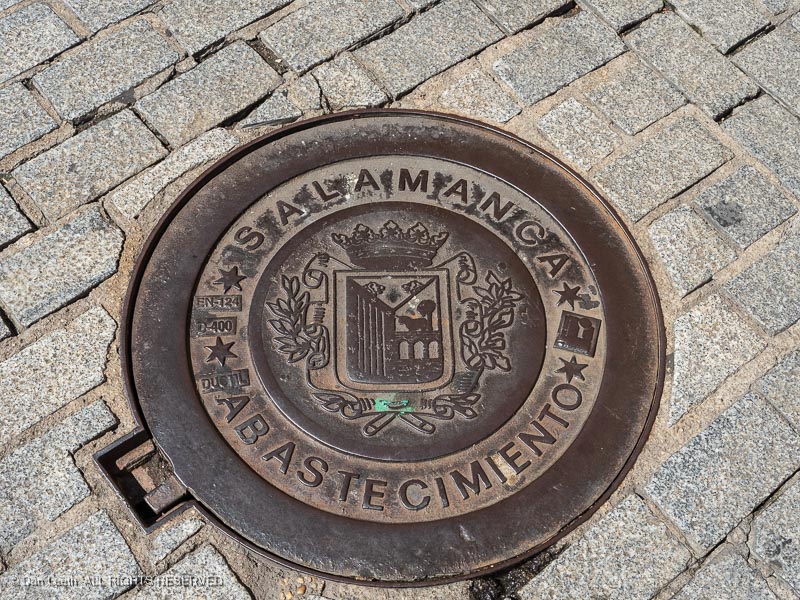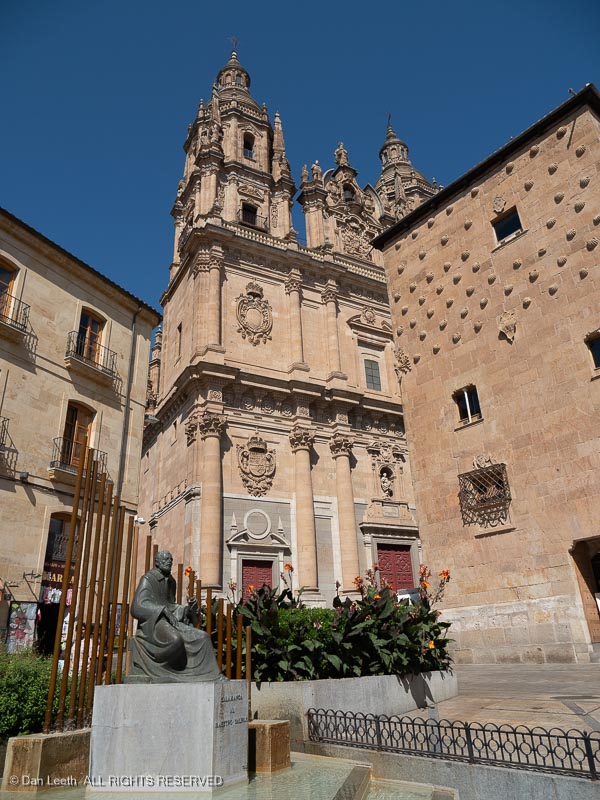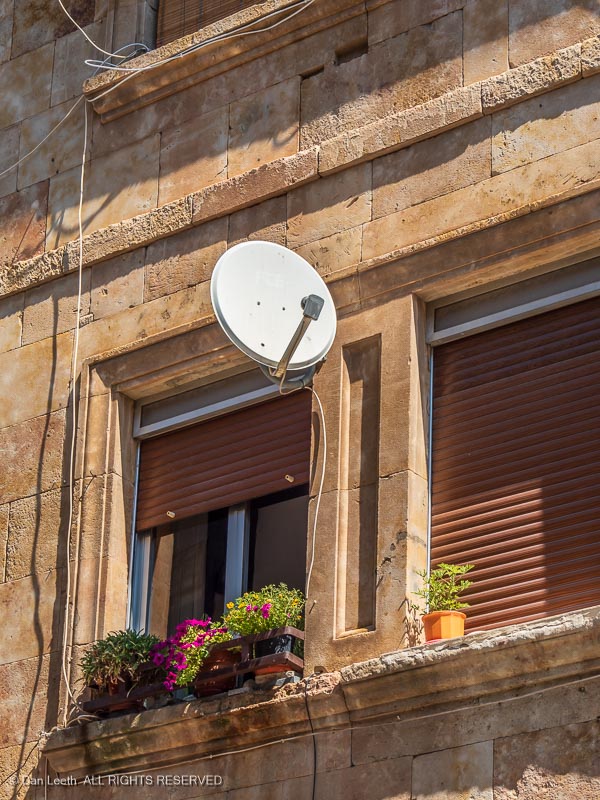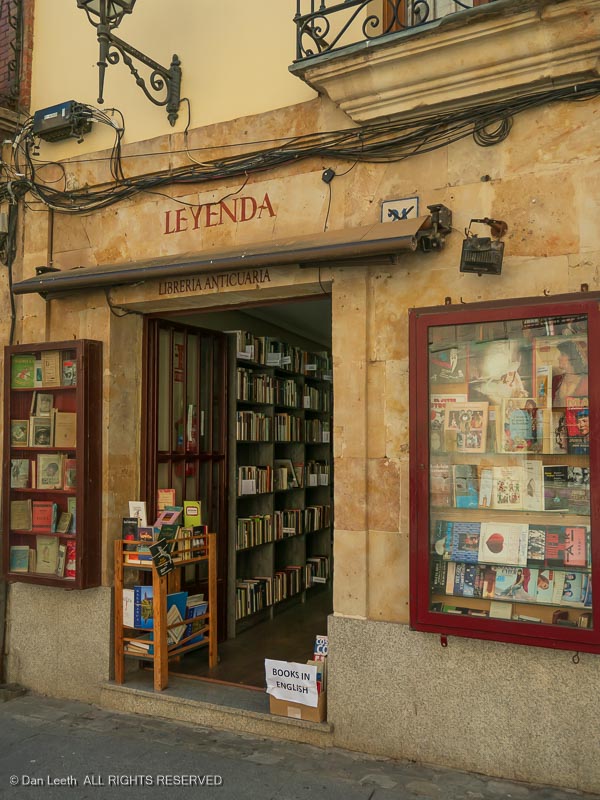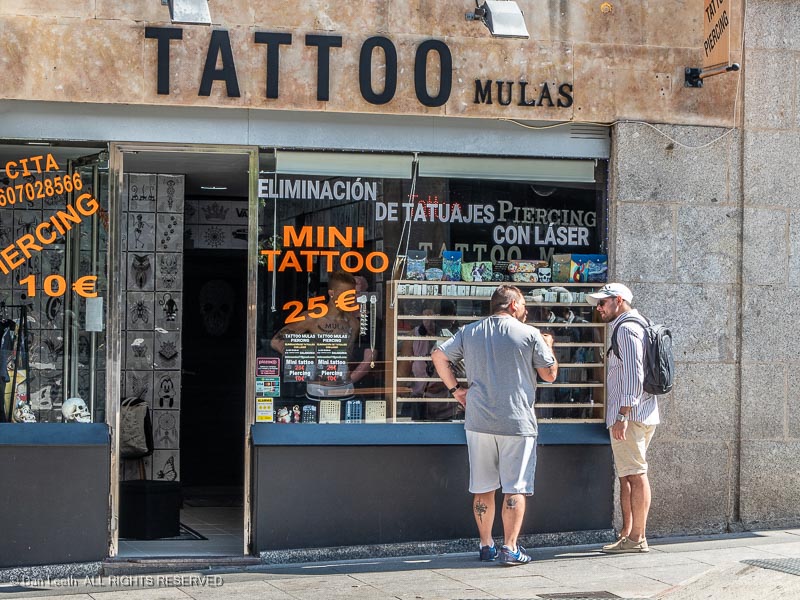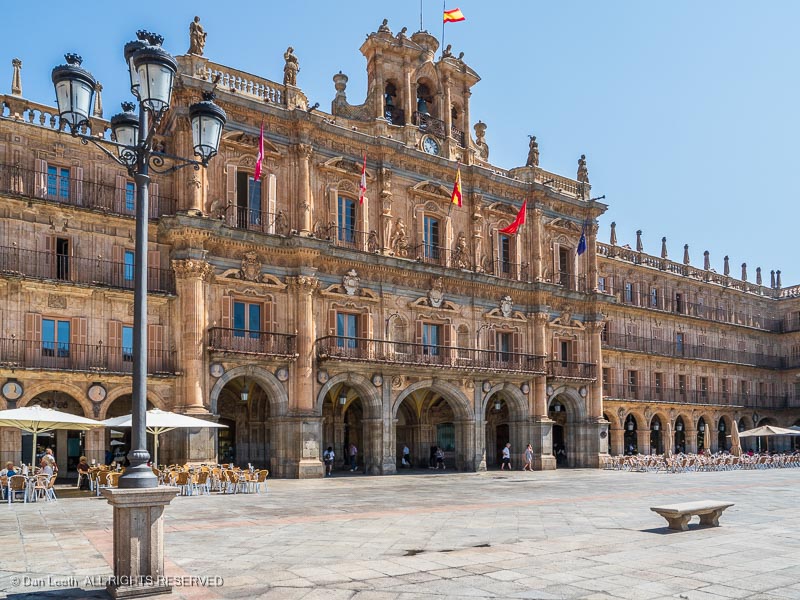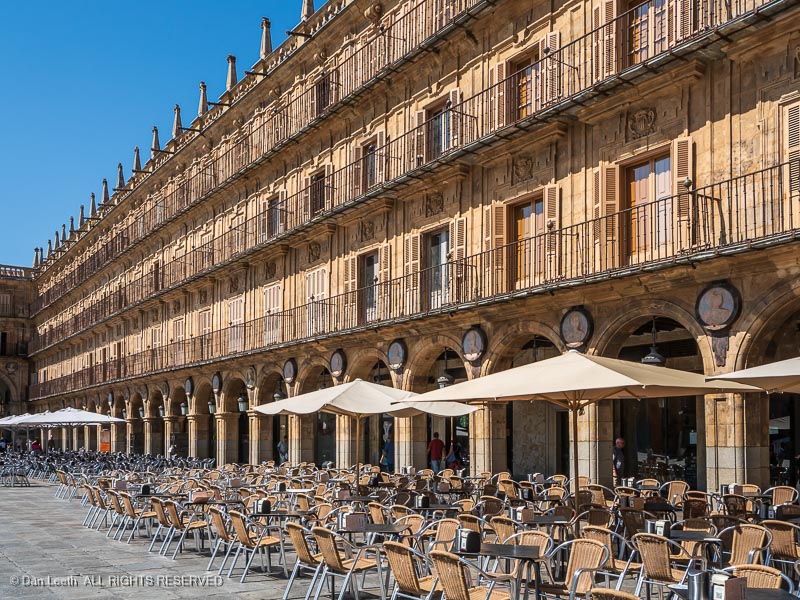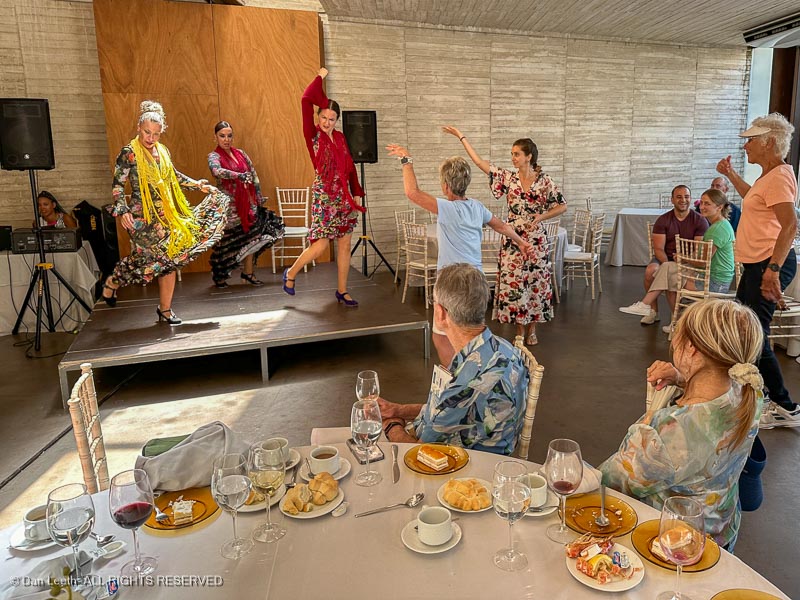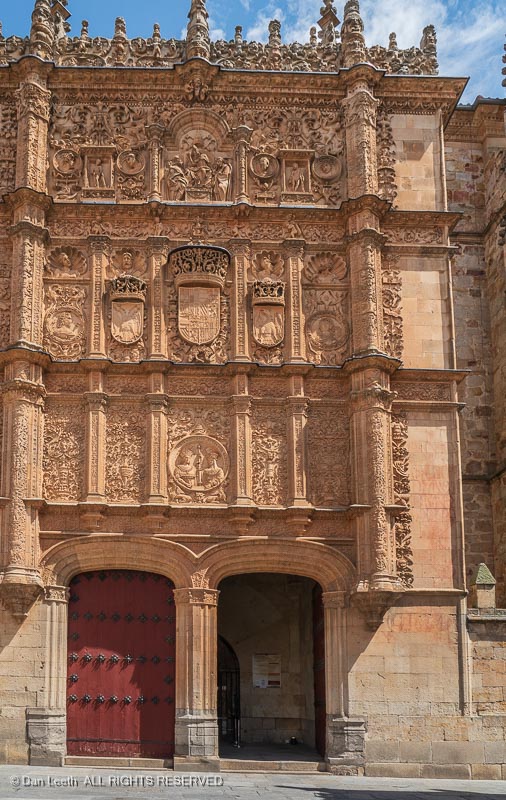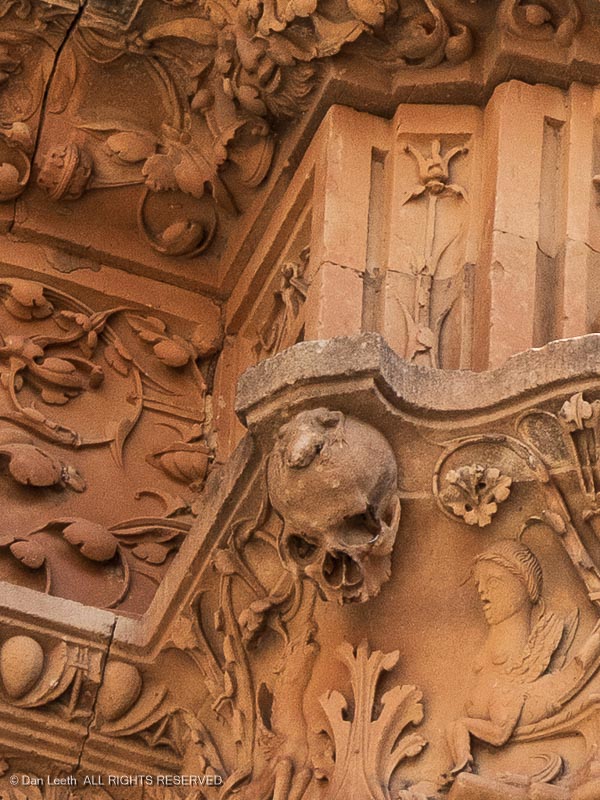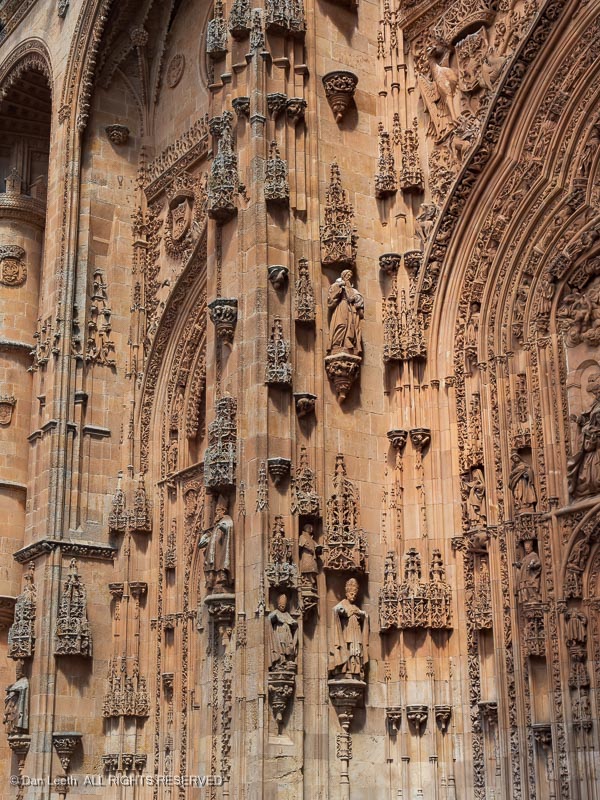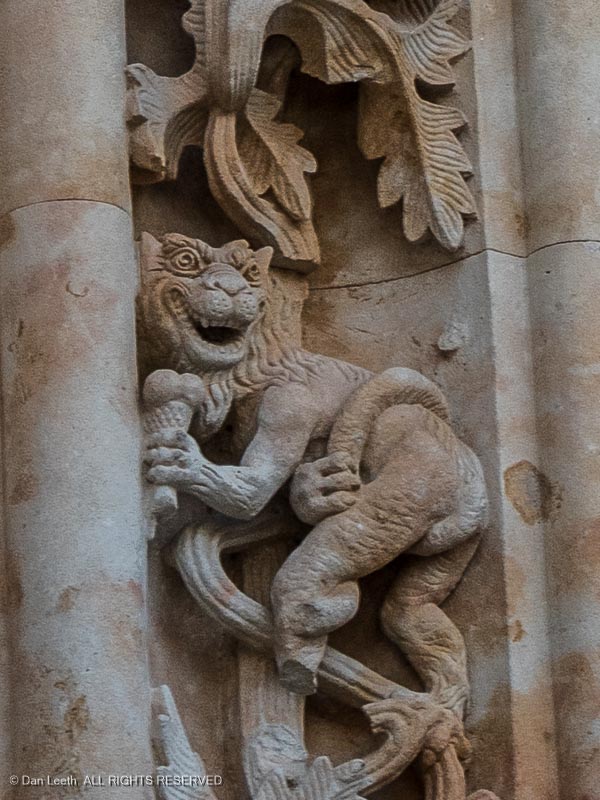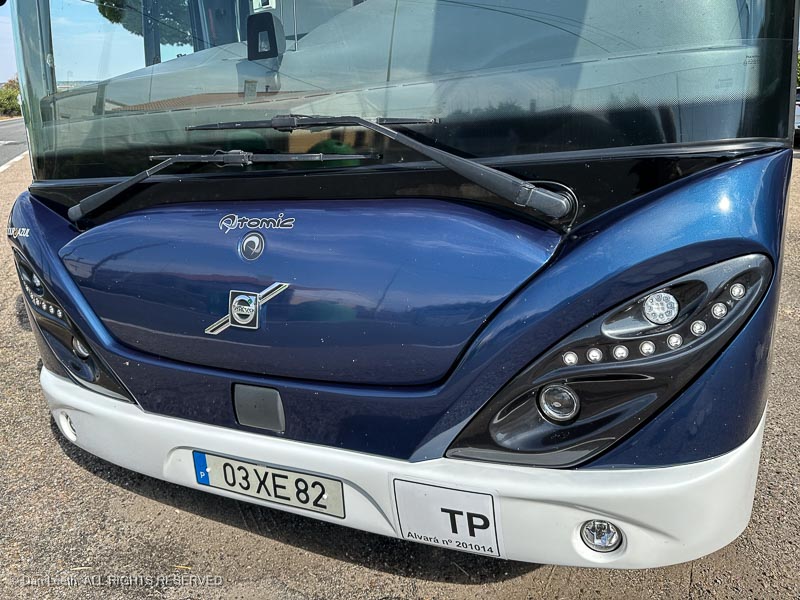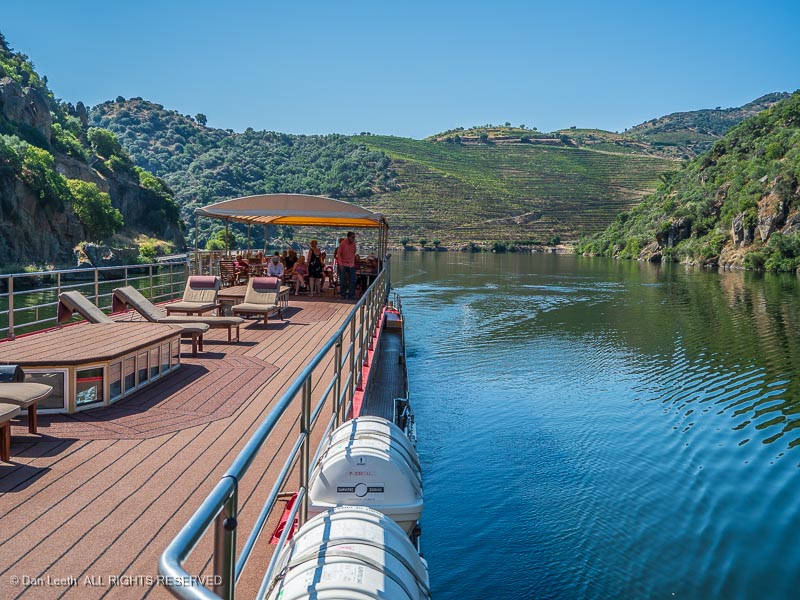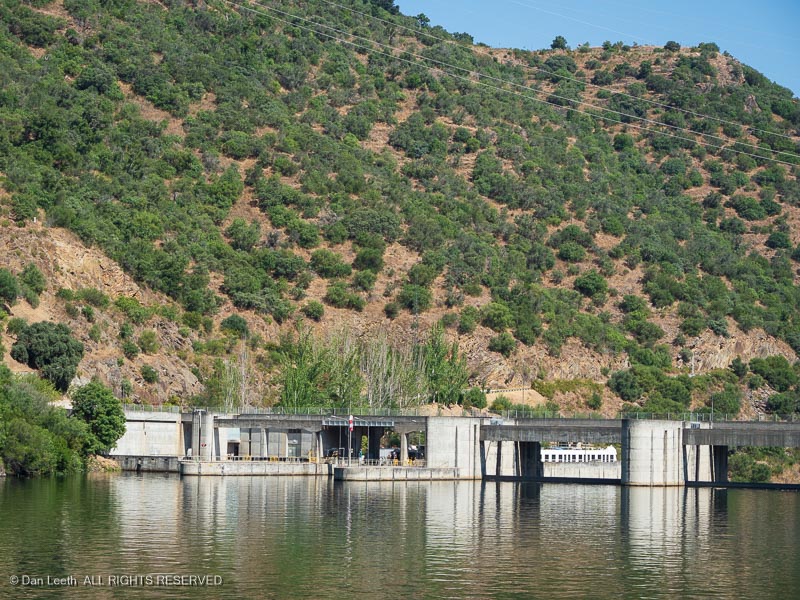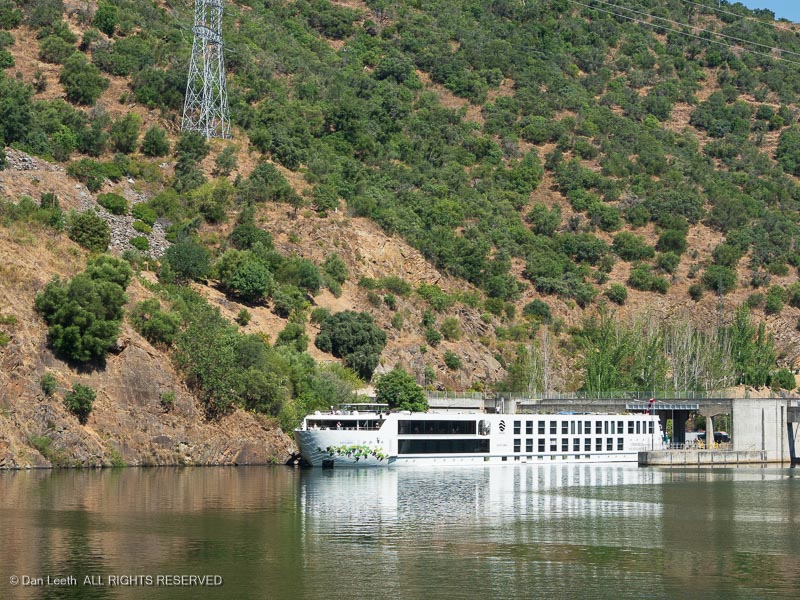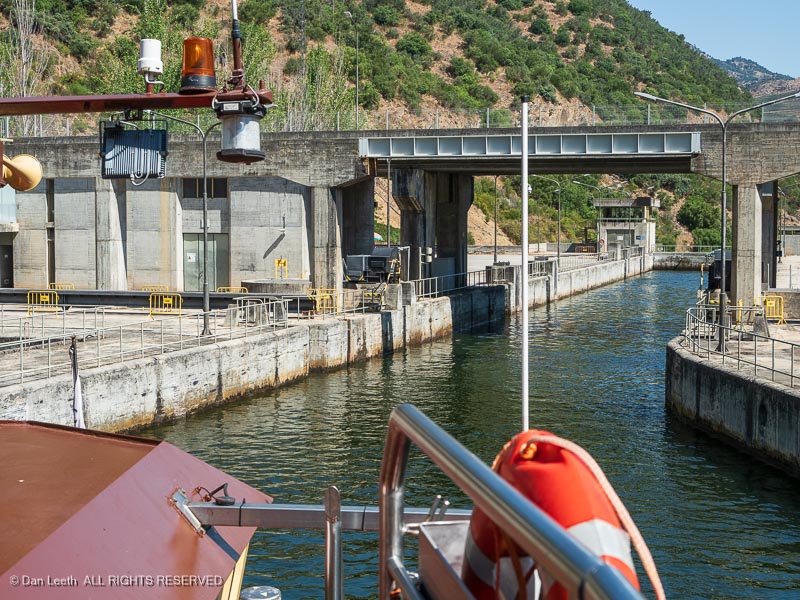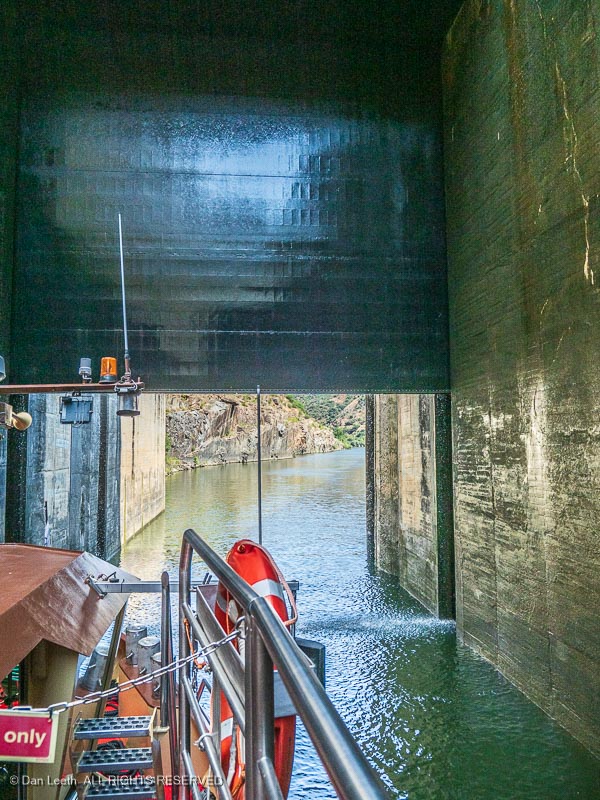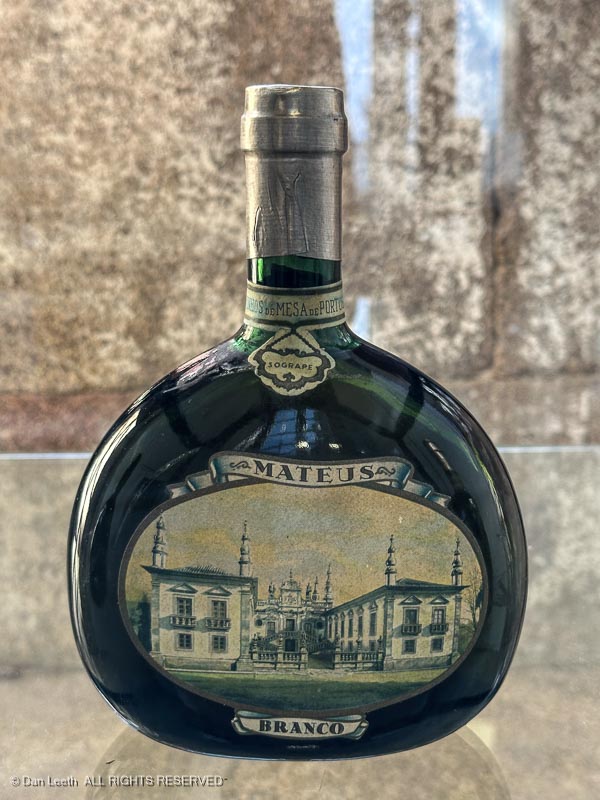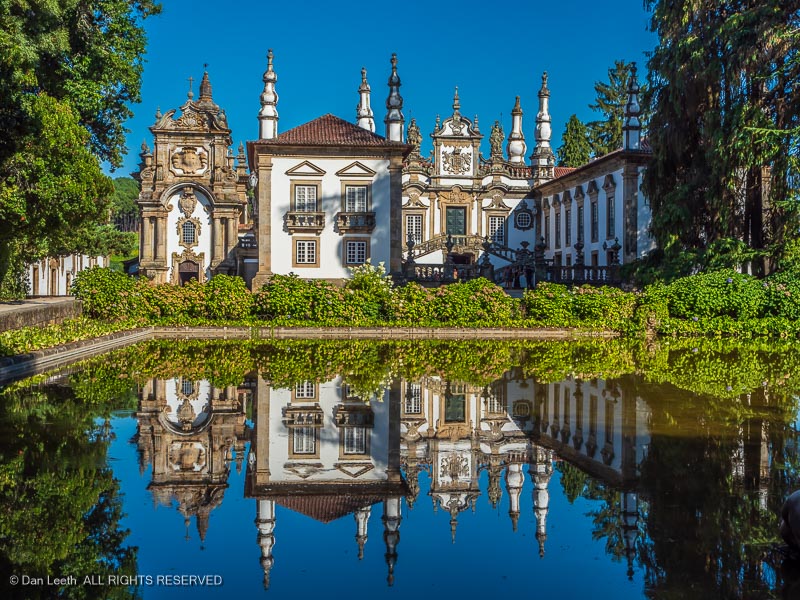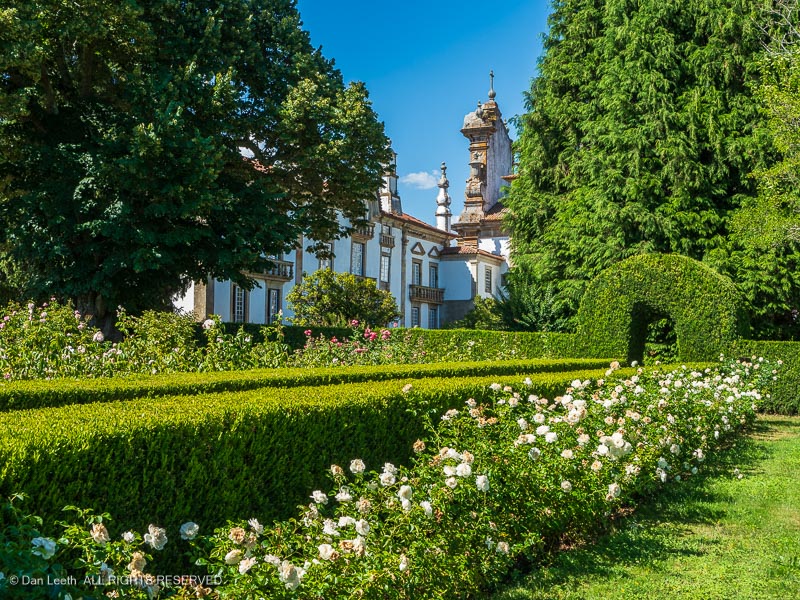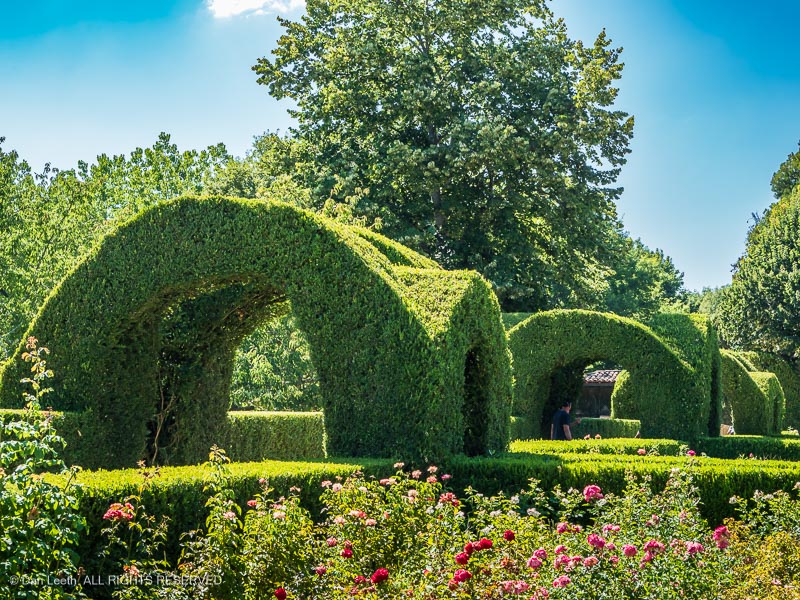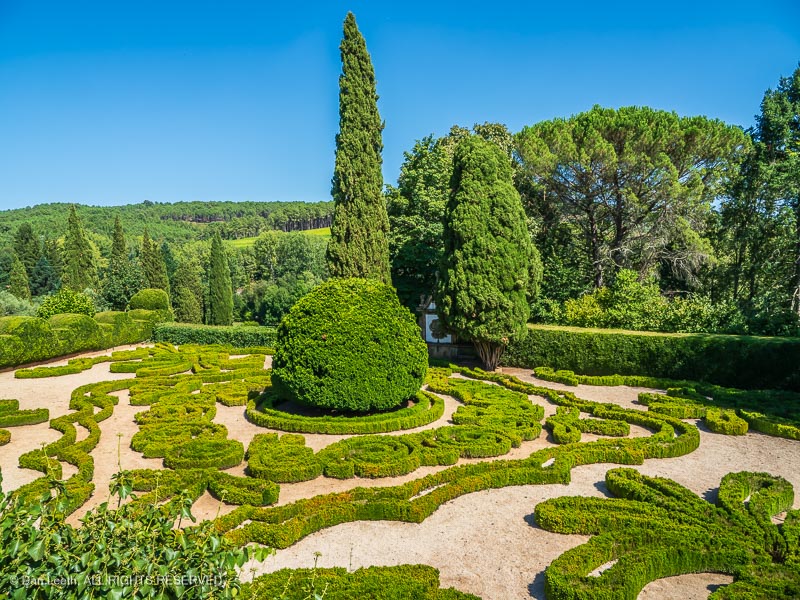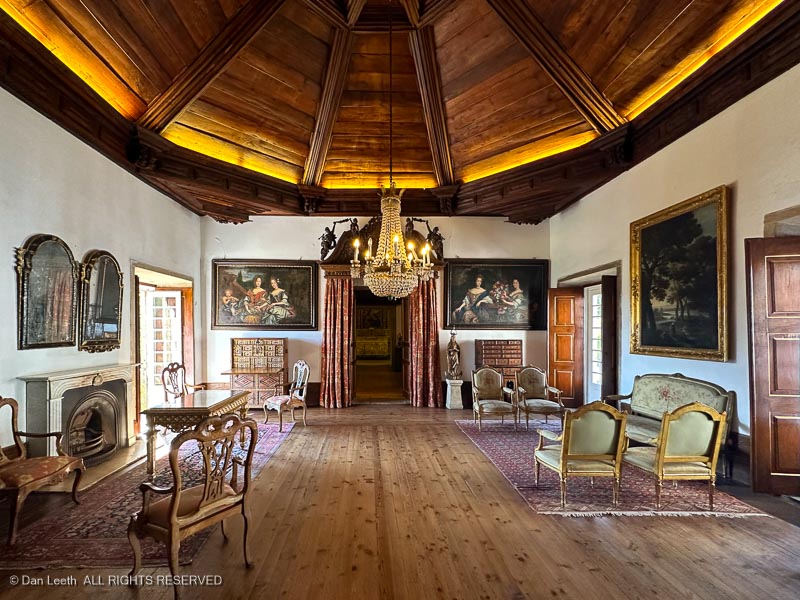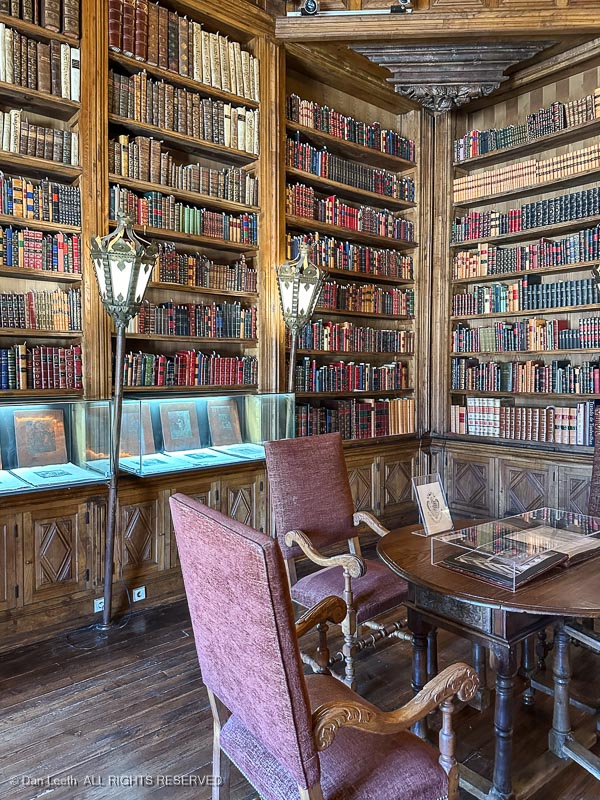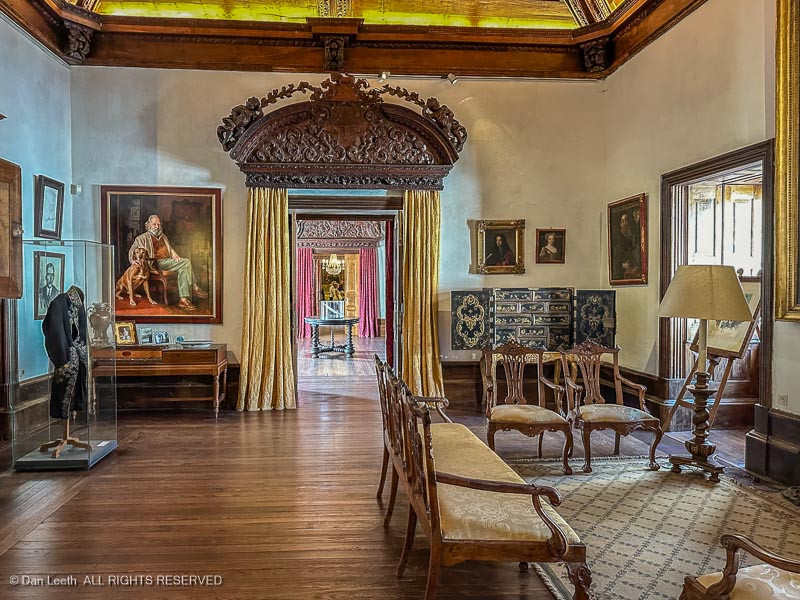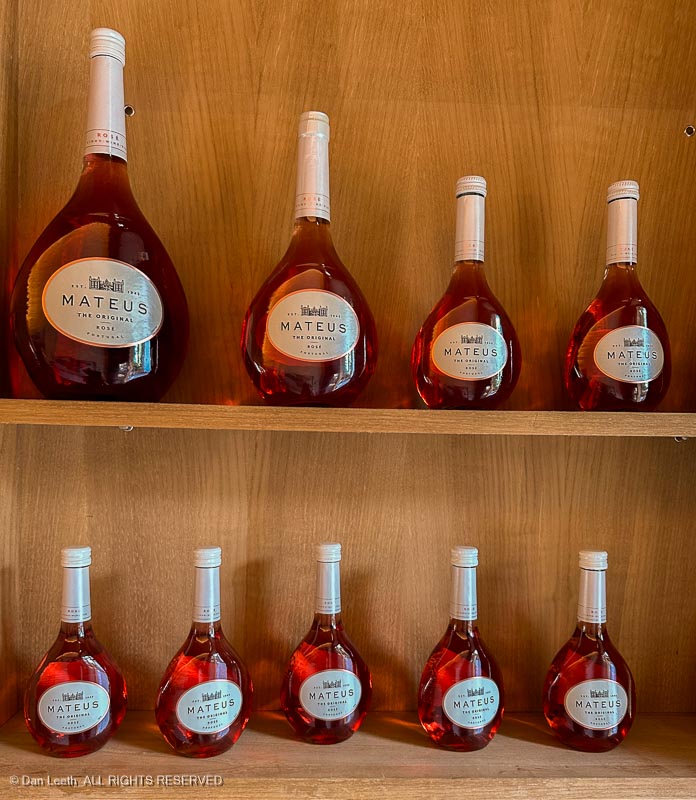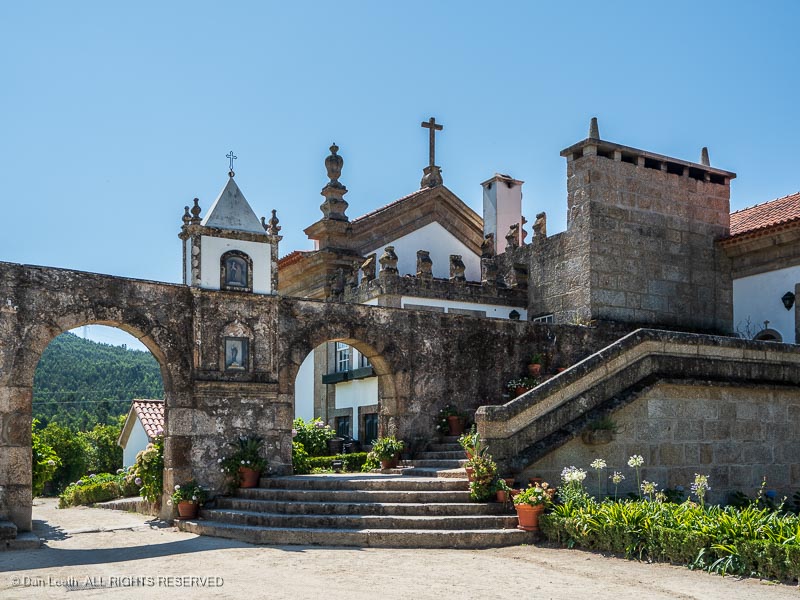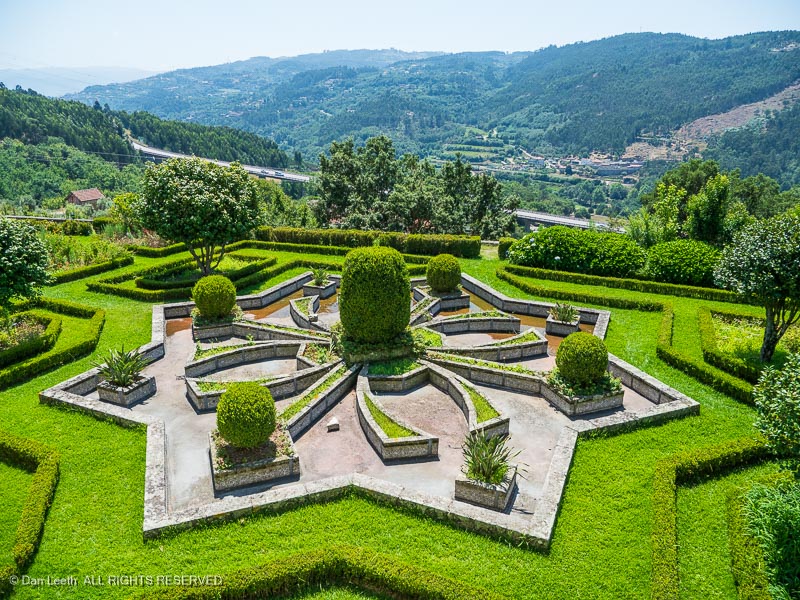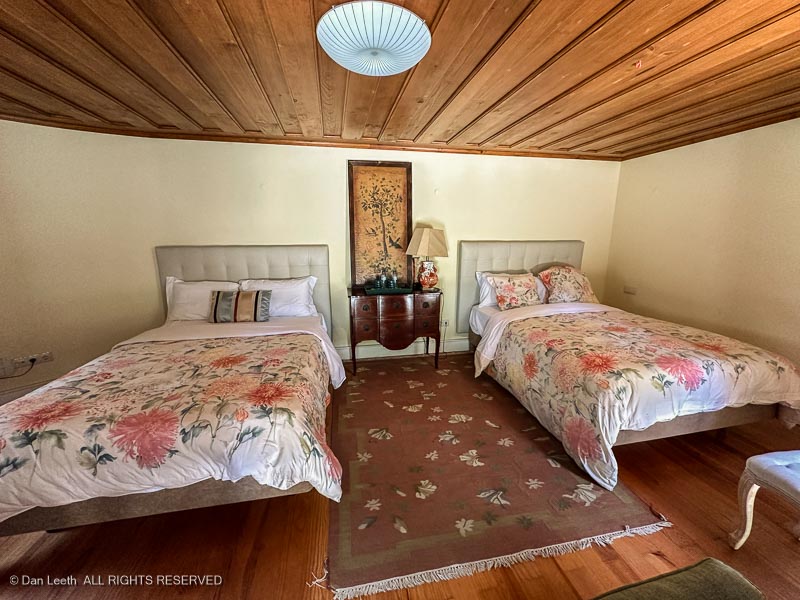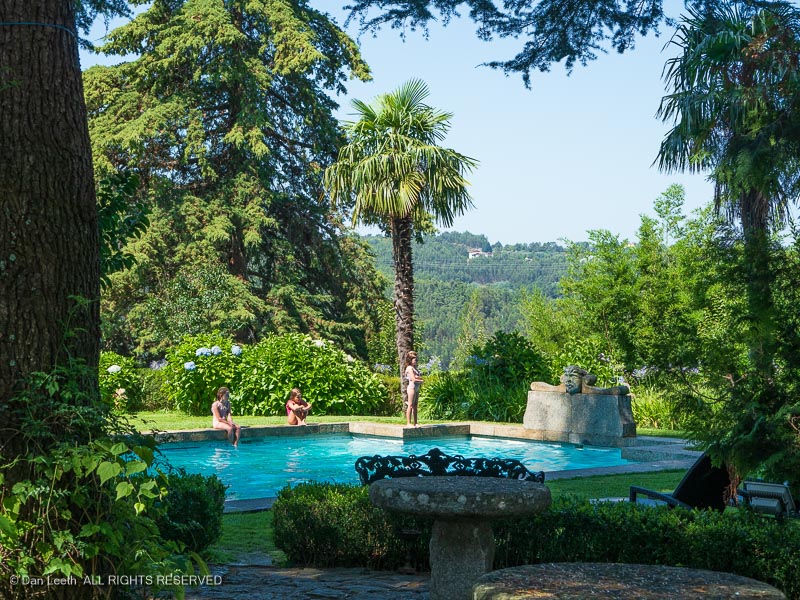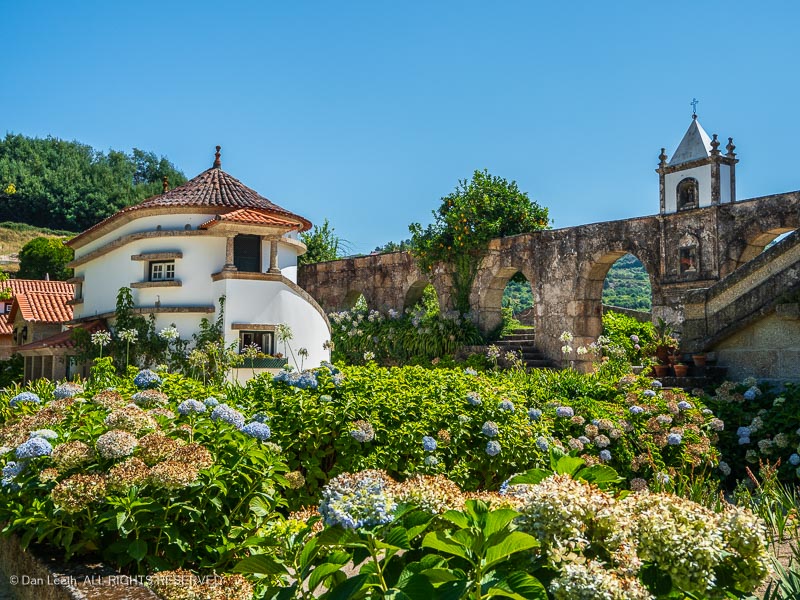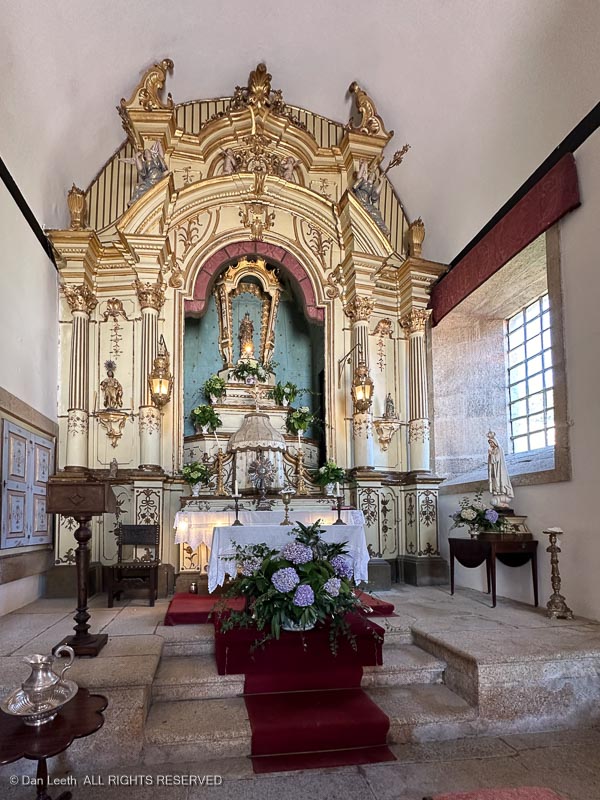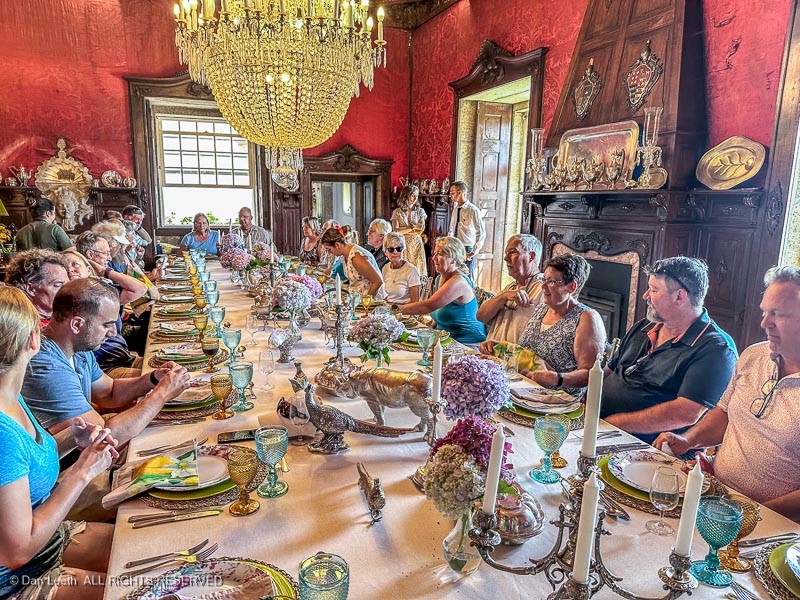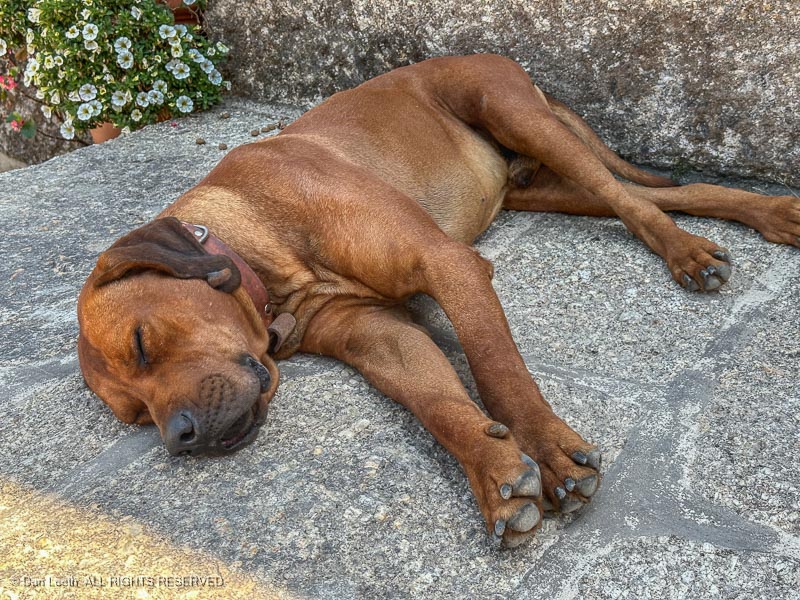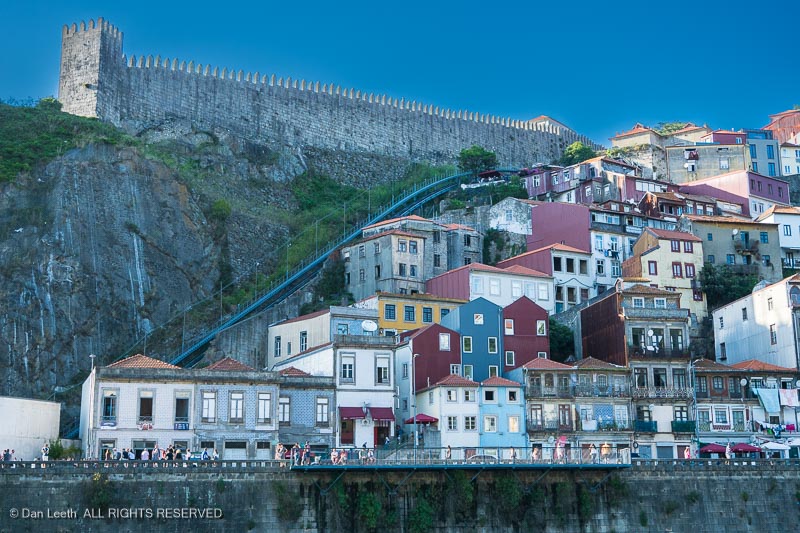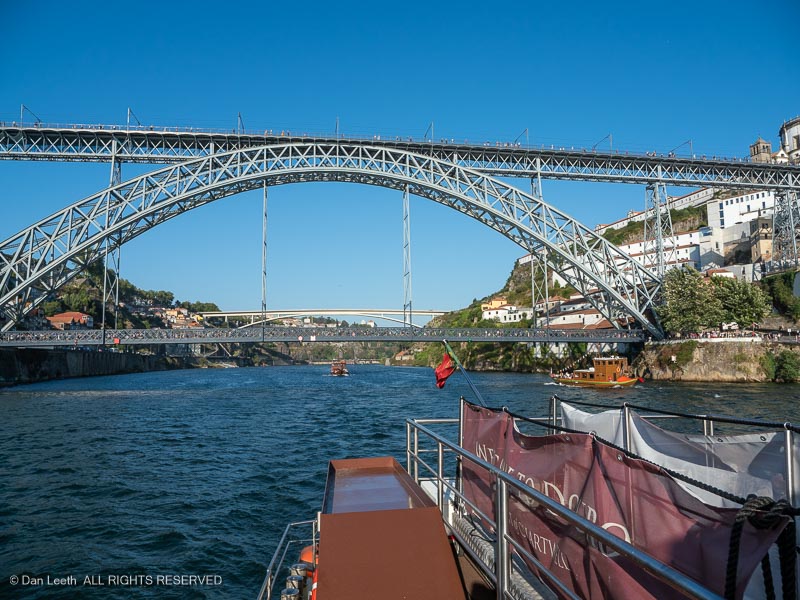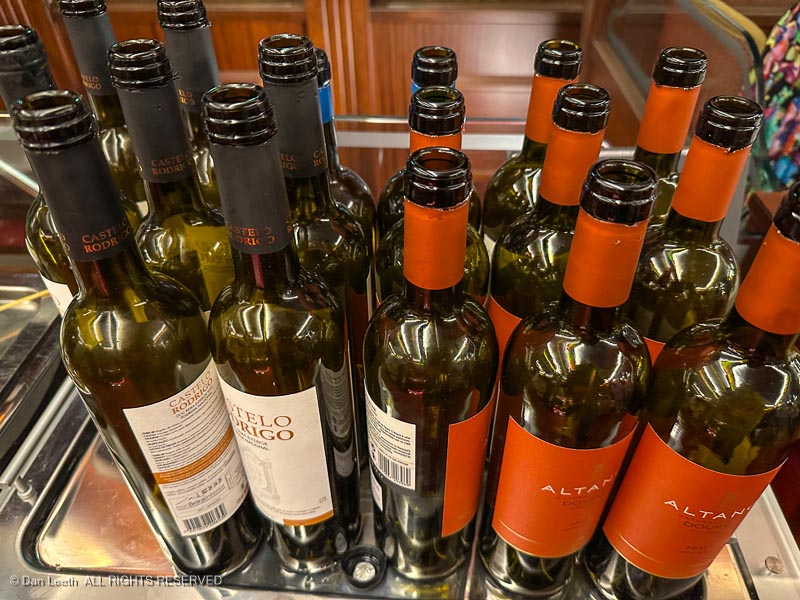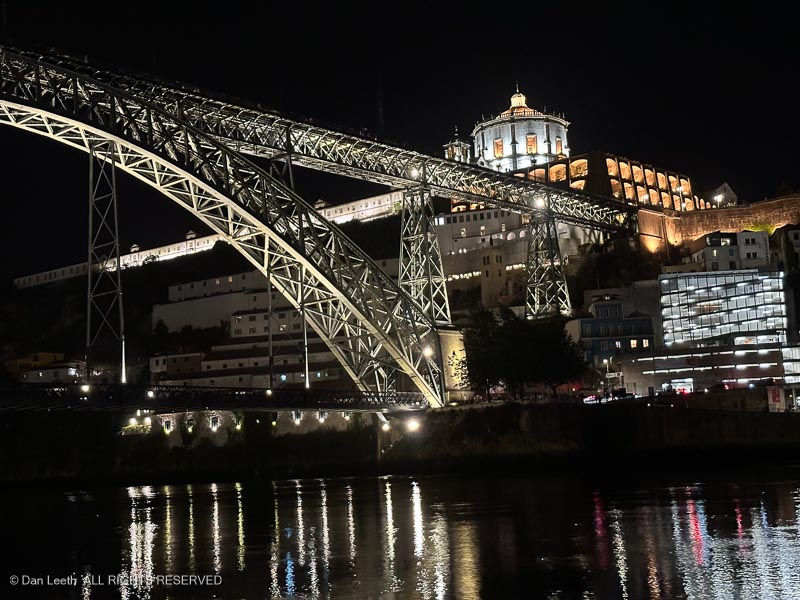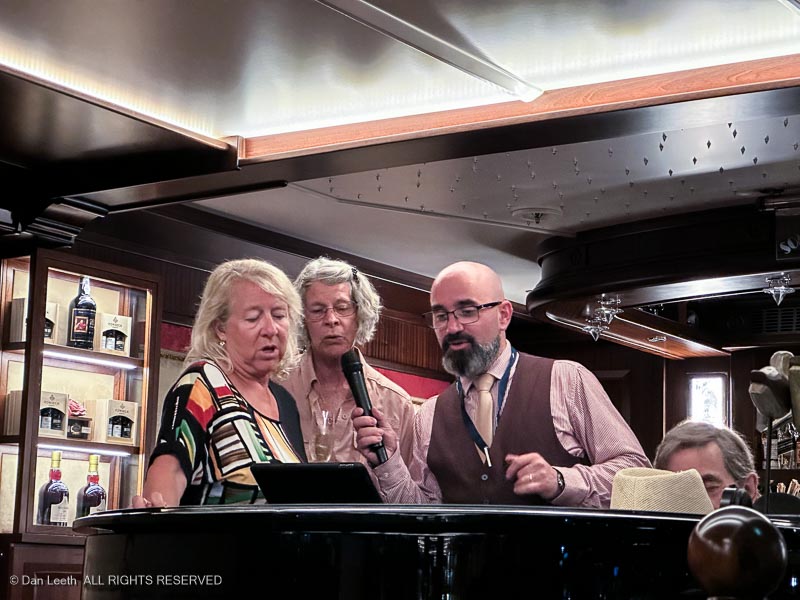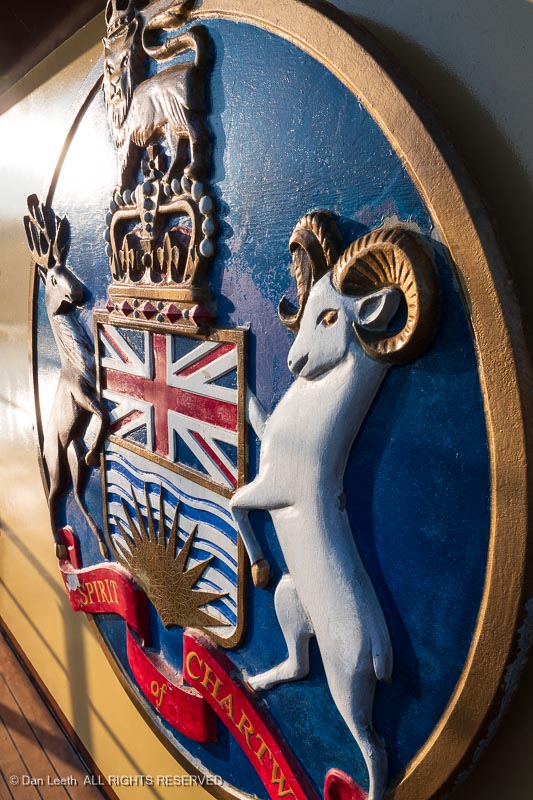We got up, enjoyed a buffet breakfast on the boat [it seems presumptuous to call this 210-foot vessel a “ship”] and boarded a bus for a tour of Porto. Our job was to march along, following our guide’s “lollypop.”
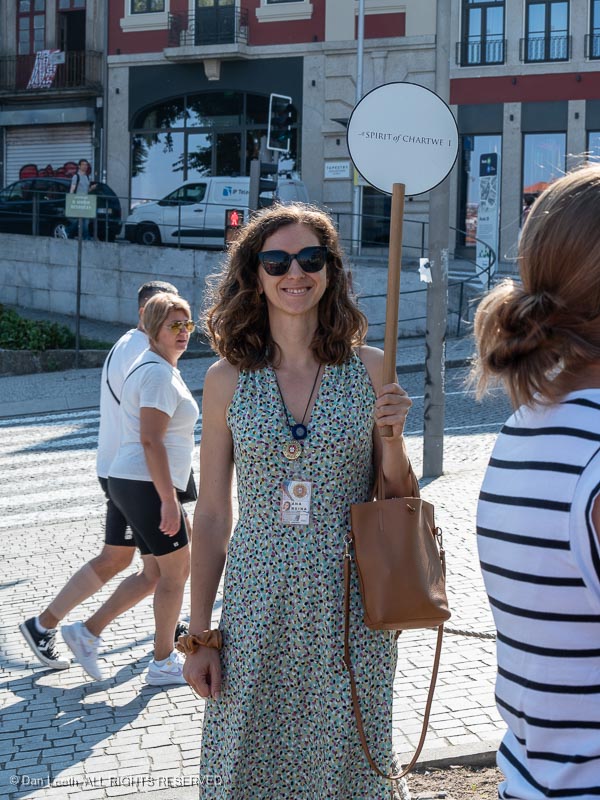
Now, I’m not a big fan of group tours. Yes, one can learn a lot from a knowledgeable, guide, but following along in a group segregates us from the locals. At least we only had 30 followers to trip over. I can’t imagine what it must be like on those river boats that hold 190 passengers.

This is Europe, so our first stop was the Porto Cathedral, a structure that dates back to the 12th century, or at least I think that’s what she said. I was at the back of the pack and didn’t catch everything.
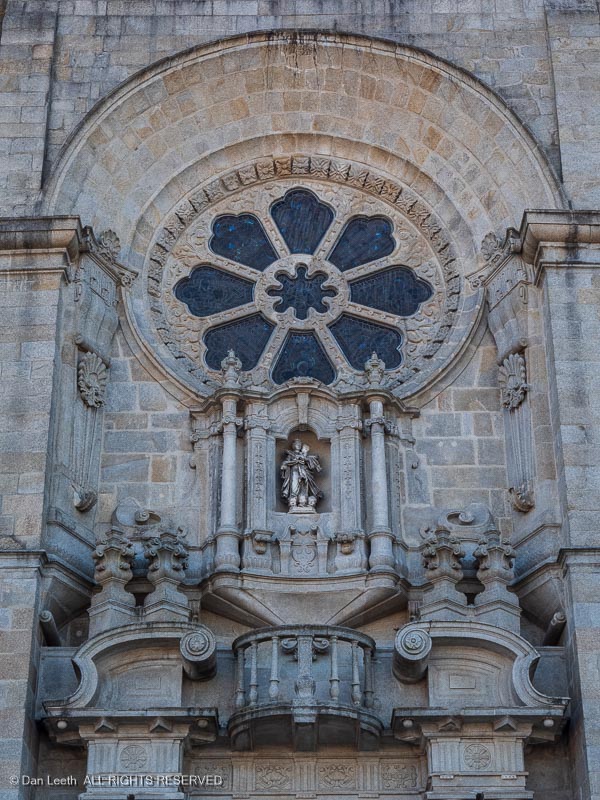
Located high on a hill, the views of rooftops from outside the cathedral was stunning.
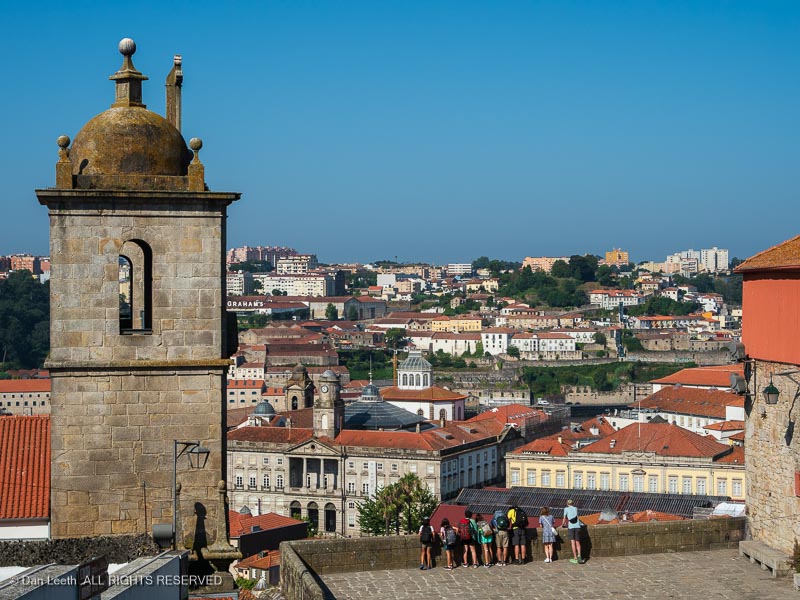
In a large open area in front of the cathedral, a young busker played her violin.
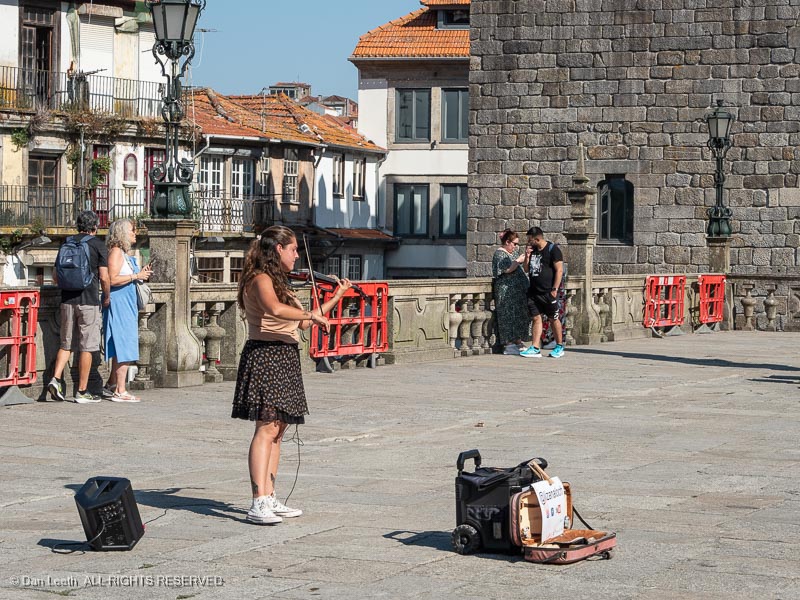
The music was lovely and the look on the young lady’s face suggested that she was enjoying playing it for us. Of course, I dropped a few euros into her tip jar.
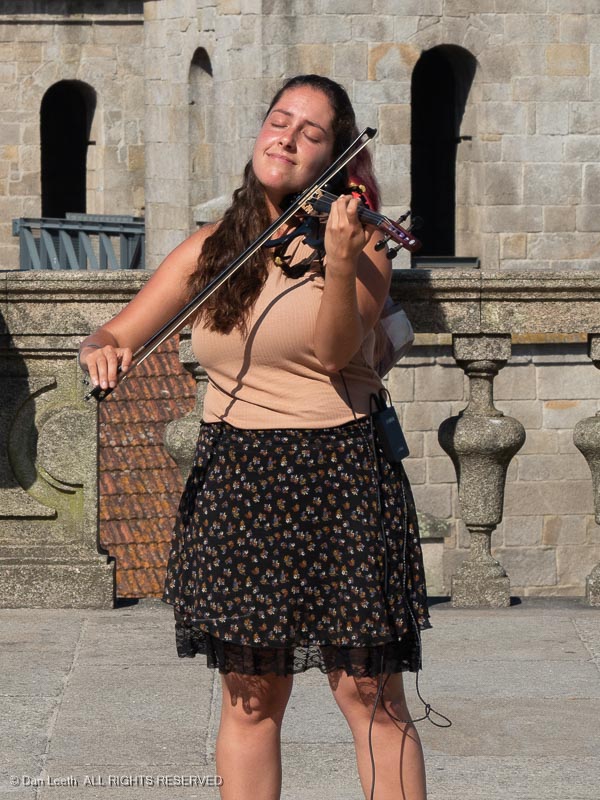
Then it was back on the bus.
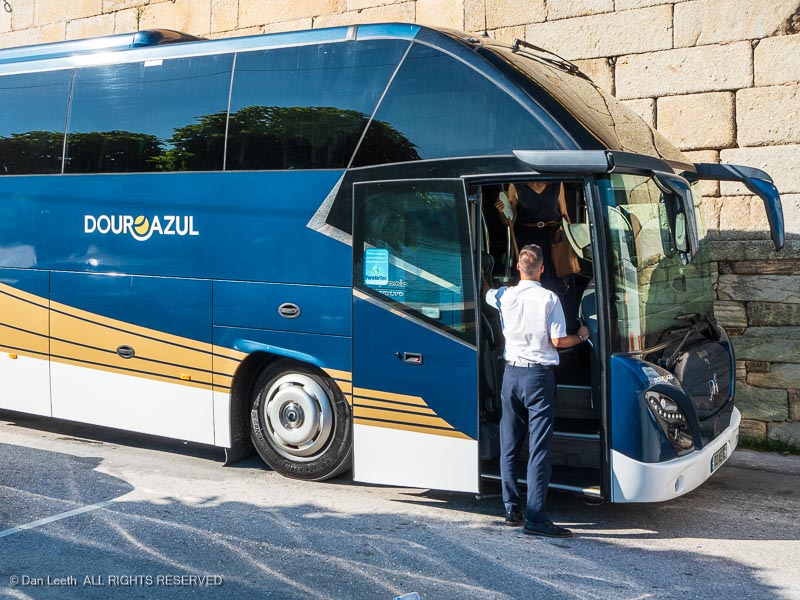
Next stop on our tour was the São Bento railway station, located in historic downtown Porto. The station’s lobby, which dates back to 1904, was covered with Portugal’s famous, blue and white tile murals.
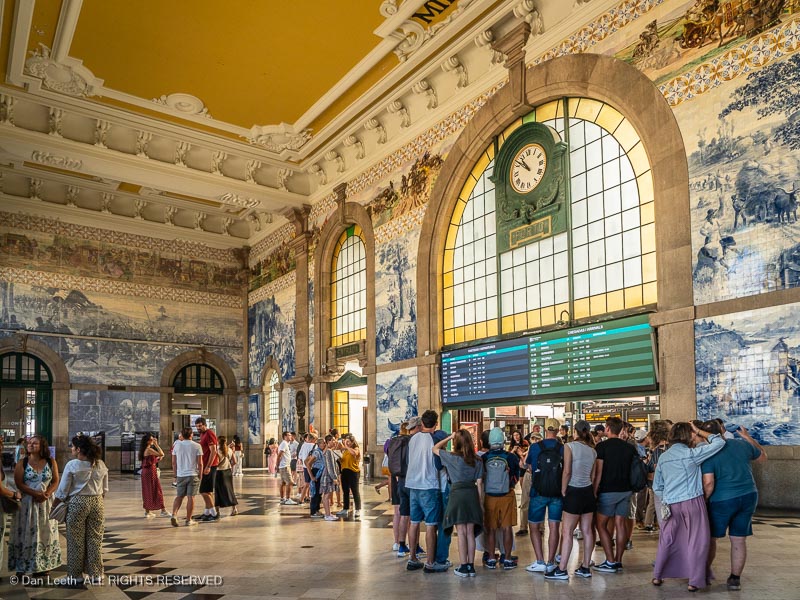
Each tile mural tells a story about Portugal’s history, and the artwork was absolutely stunning.
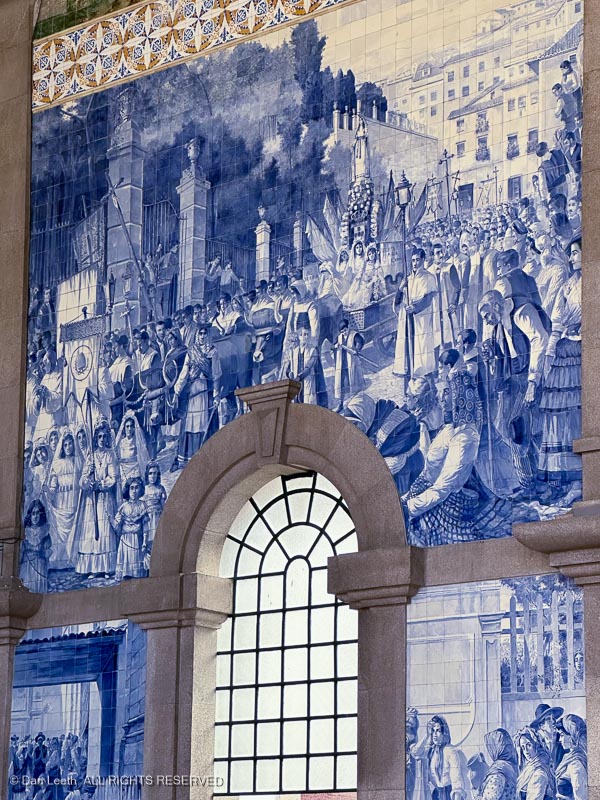
Back in the bus, we headed off to our next stop, which lay across the river in Gaia. There, we took a tour of the Burmester port cellars.
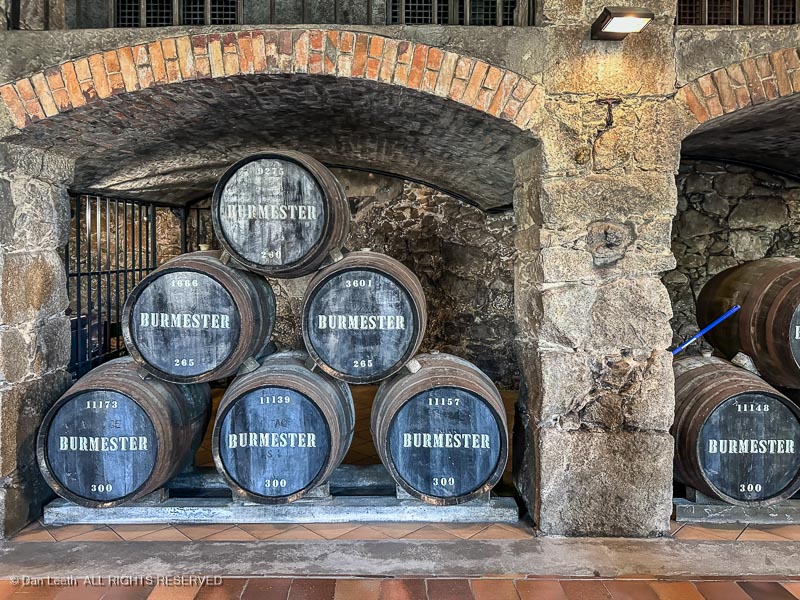
A Burmester guide gave us a short tour of the facility and fully explained more than anyone needs to know about this fortified wine.
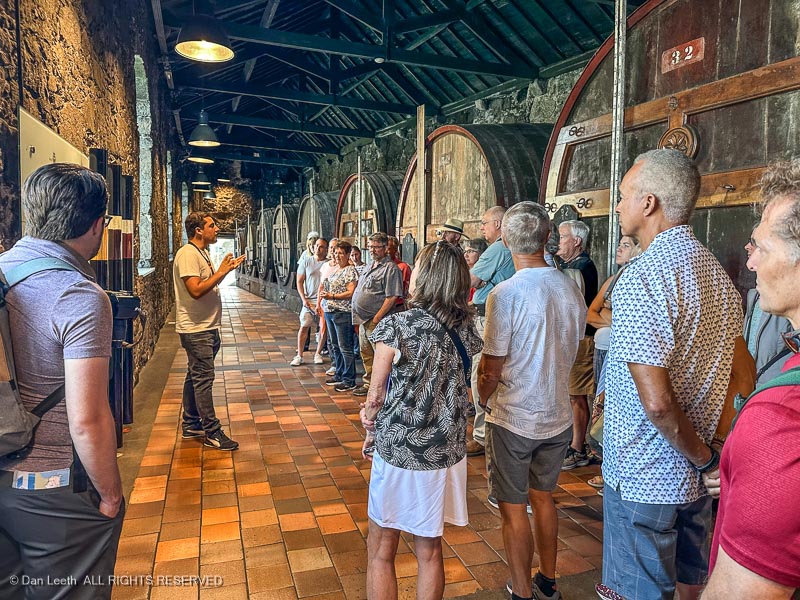
Now that we were fully educated, we got to sample some of their product. I bought a bottle to take with us.
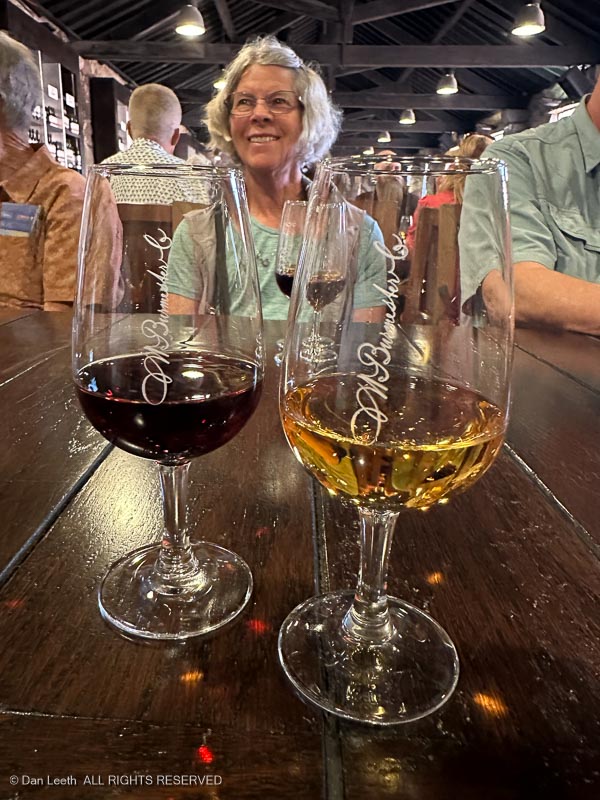
We returned to the boat for lunch. My lovely wife opted for the seafood option, which was octopus. I’ve had octopus before, and I must say that when it comes to animal appendages, I prefer Buffalo wings to octopus legs. Needless to say, I chose the non-aquatic option.
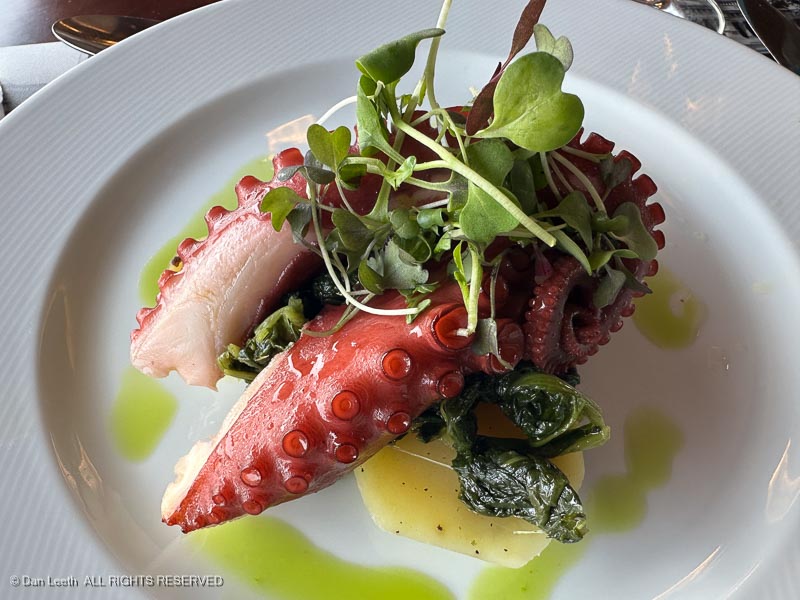
While we were dining, the captain and crew fired up the engines and we began our upriver voyage.
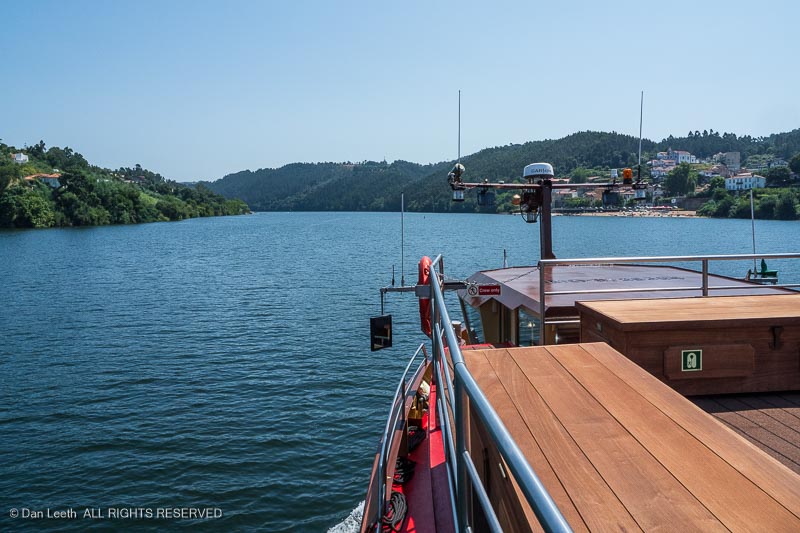
There are five dams on the Portuguese portion of the Douro River. The first one was the Crestuma-Lever Dam, which we encountered mid-afternoon.

Being the first, most of us passengers ventured to the sun deck and watched as the boat slowly entered the lock.
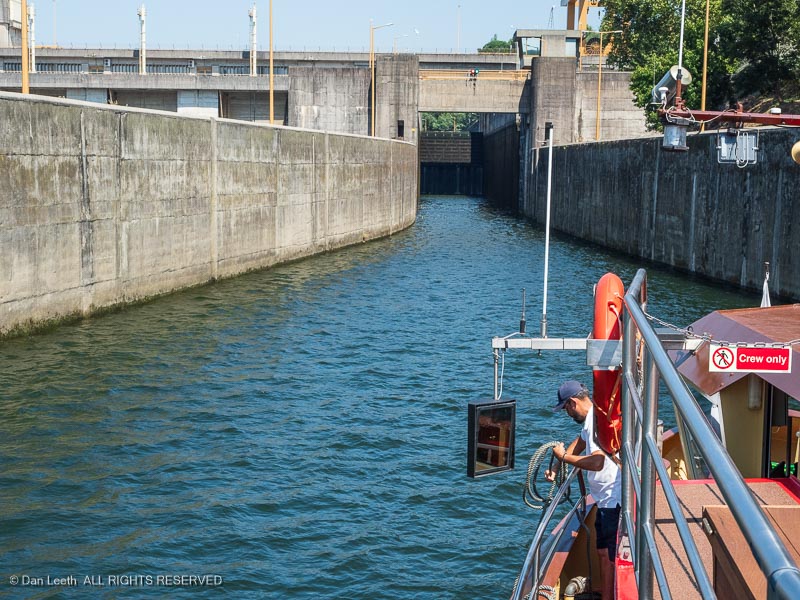
With the vessel totally inside this square concrete canyon, the back doors of the lock close.
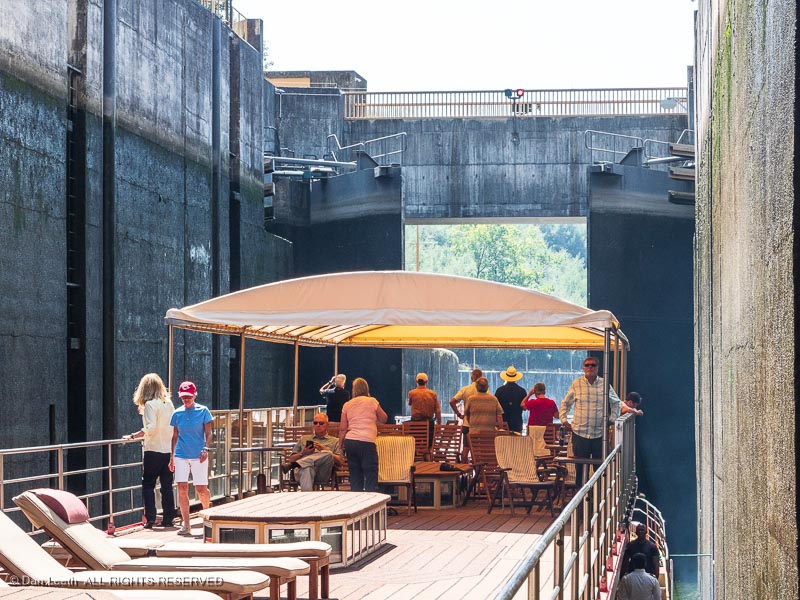
The water level in our little concrete box rises, and 45 vertical feet later, when it’s even with the water level upstream of the dam, the upstream door drops…
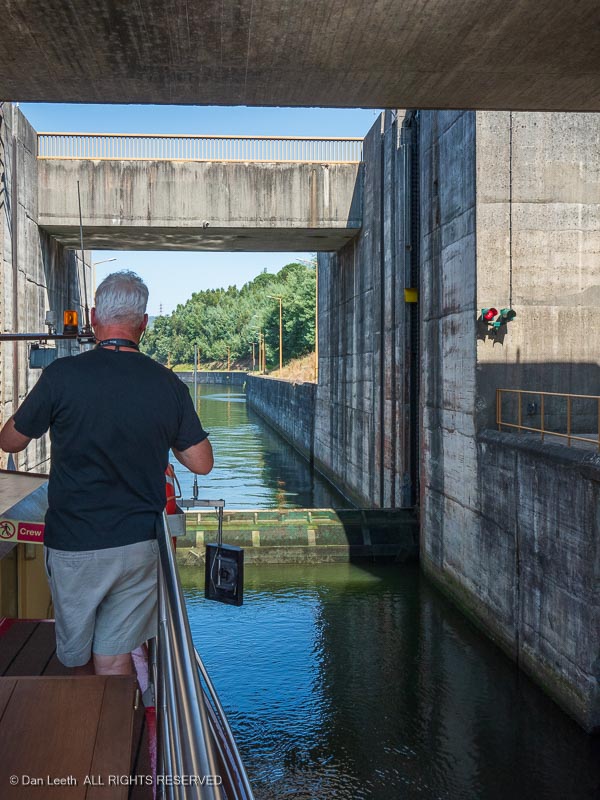
…and we continue onward.
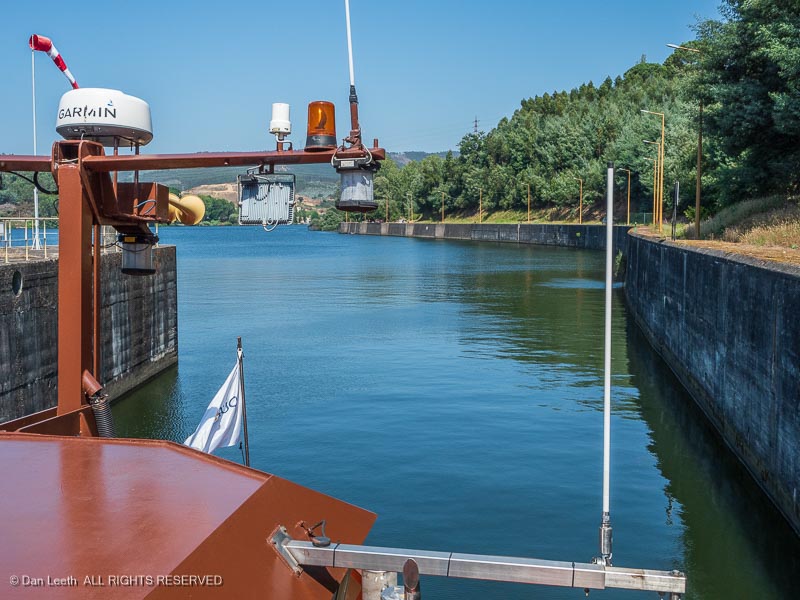
One of my favorite joys of cruising (besides the food, wine and fact that I don’t have to actually do anything) is just sitting back and enjoying the views along the way.
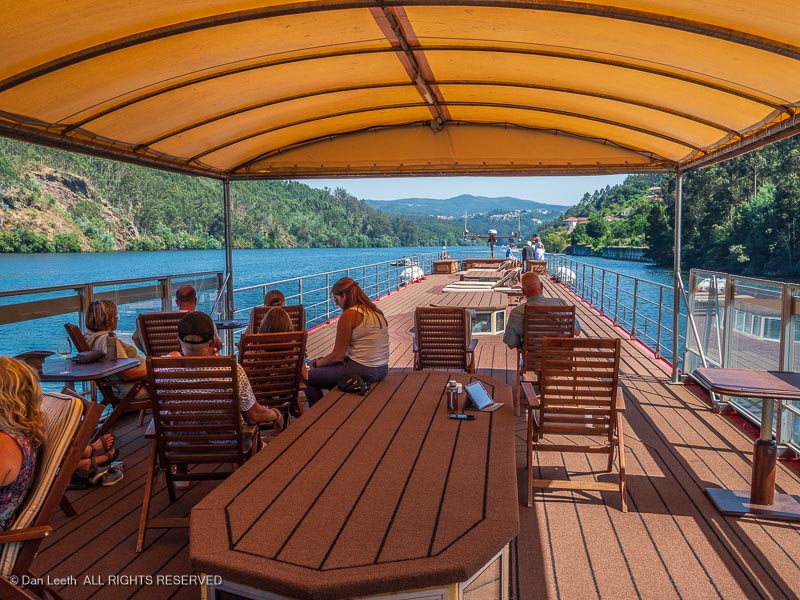
I watched as we passed abandoned buildings along the riverside, wondering what they were once used for and why they still sit there crumbling away.

We passed numerous active vineyards, their vines growing on terraced hillsides.

We passed other vessels along the river, not all of which were cruise boats.

When we reached the village of Entre-os-Rios…
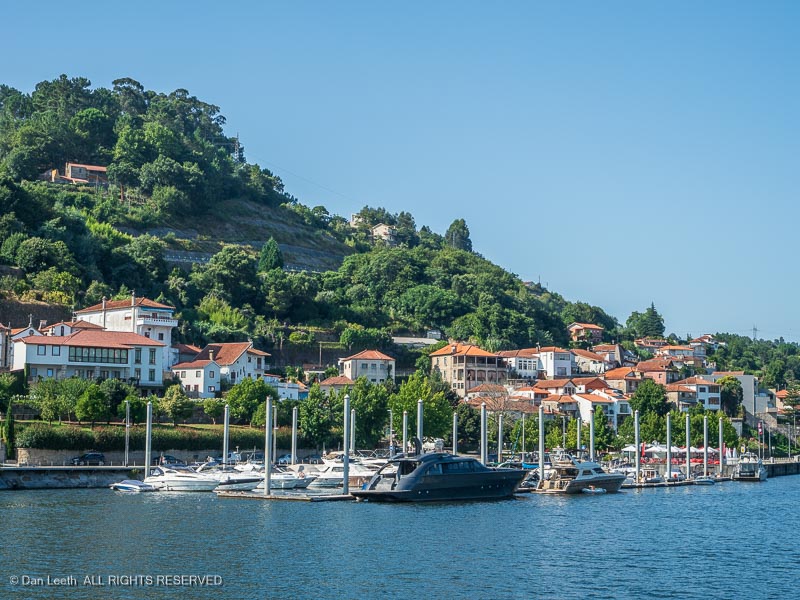
…we docked for the night.

After dinner (wine flowing freely)…
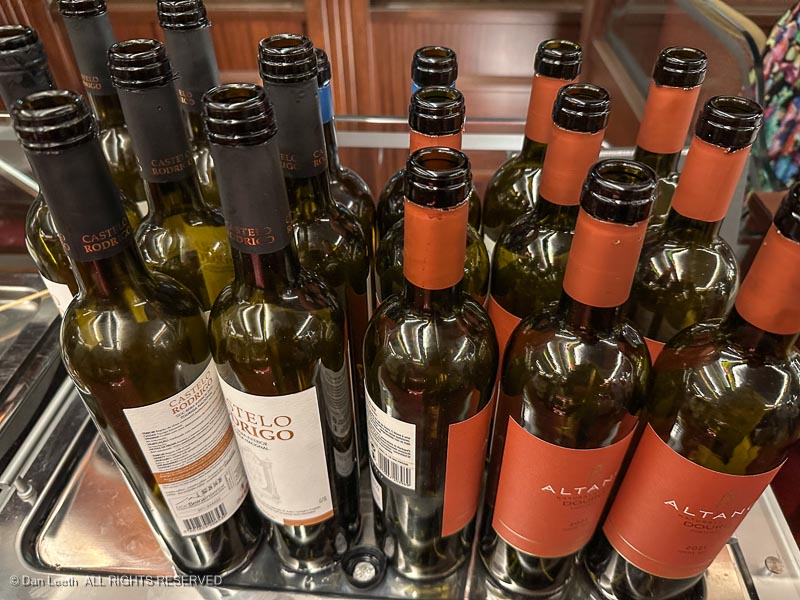
…a local Portuguese folk trio boarded the boat and provided an energetic evening of musical entertainment.

Even though we could not understand a word of their lyrics, the upbeat tempo (and wine) provided an excuse for passengers to turn the lounge into a dance party.

Unfortunately, my favorite wife, her new artificial knee covered by an ice pack, was not able to do the moves.
